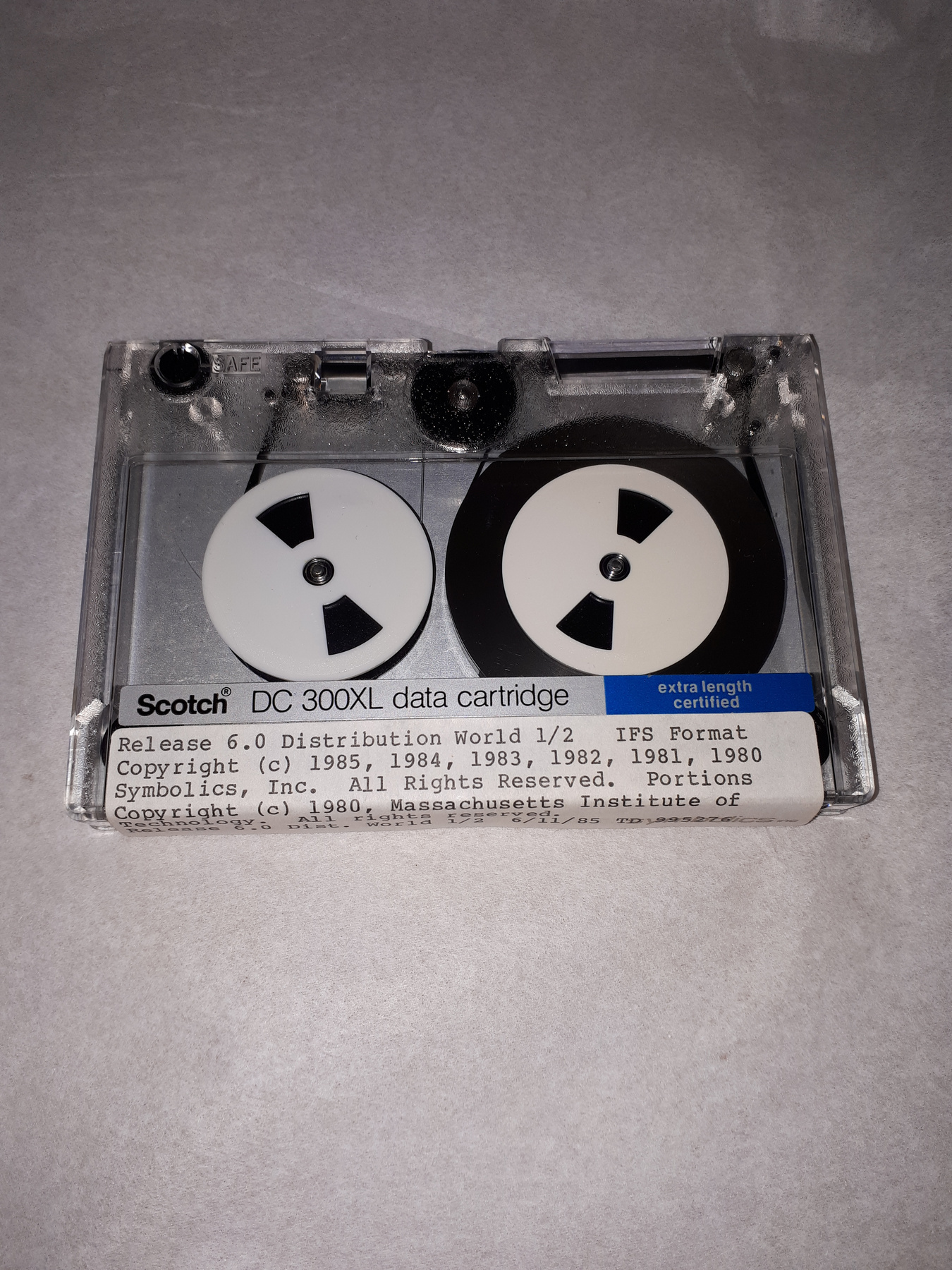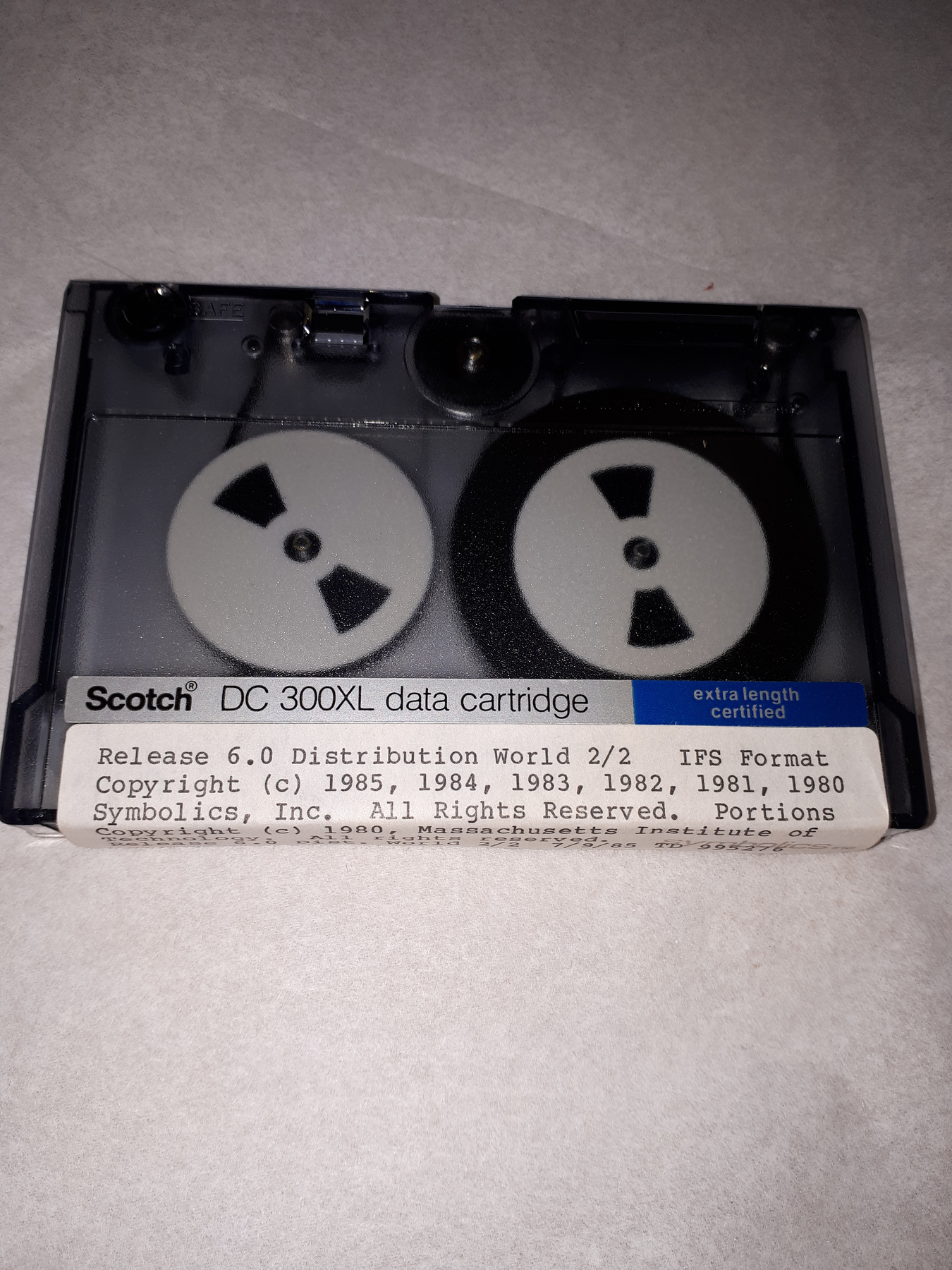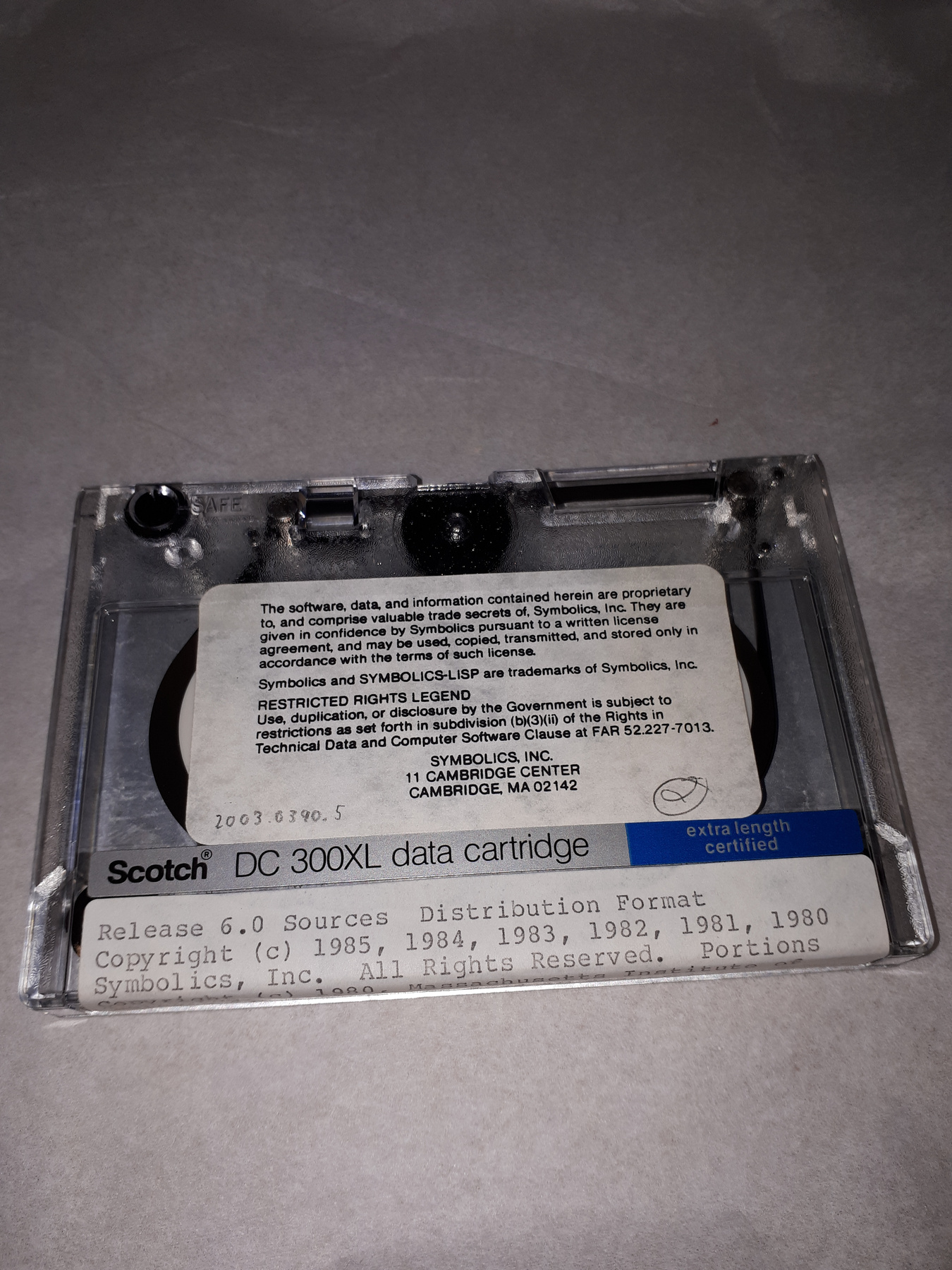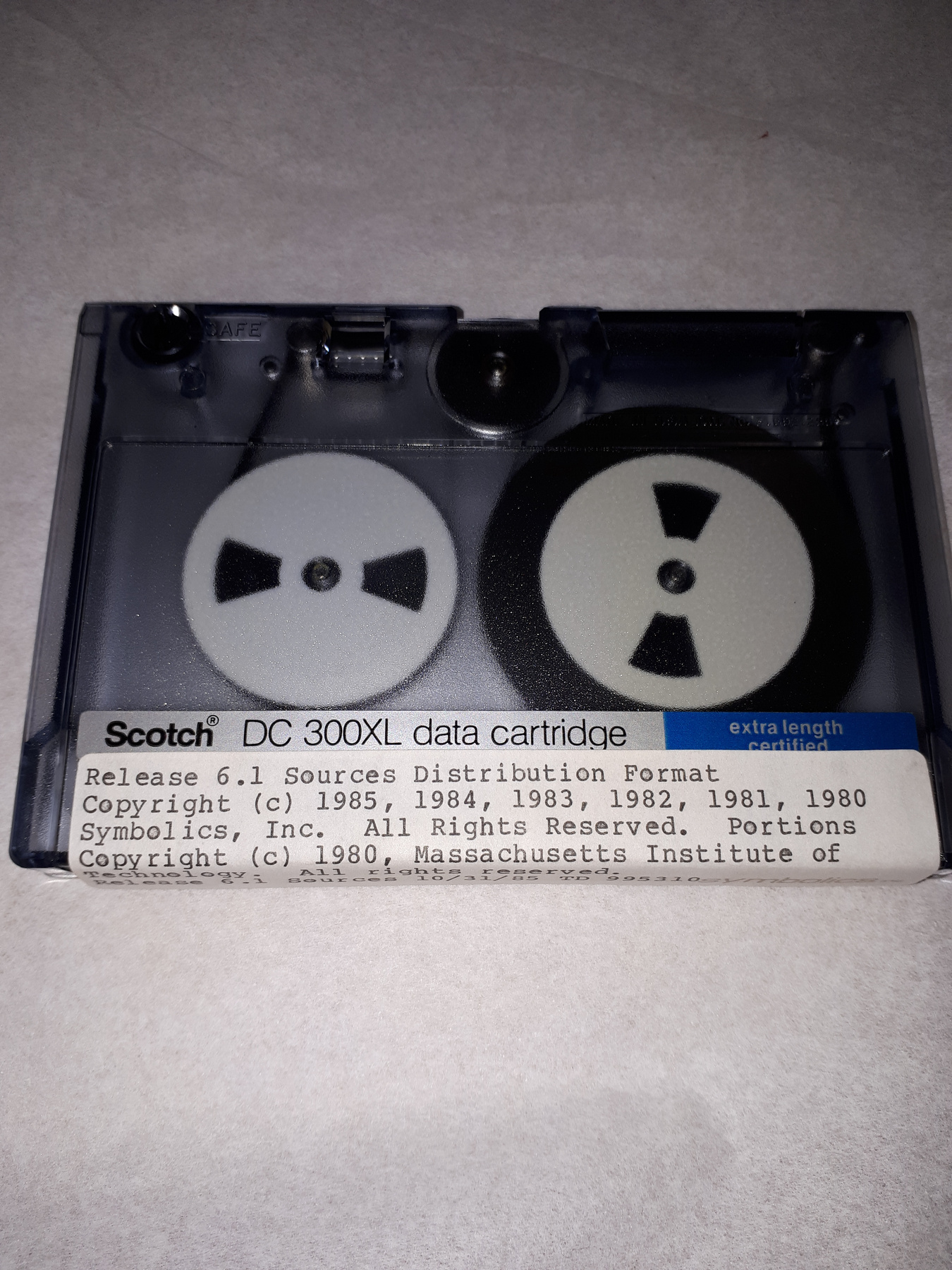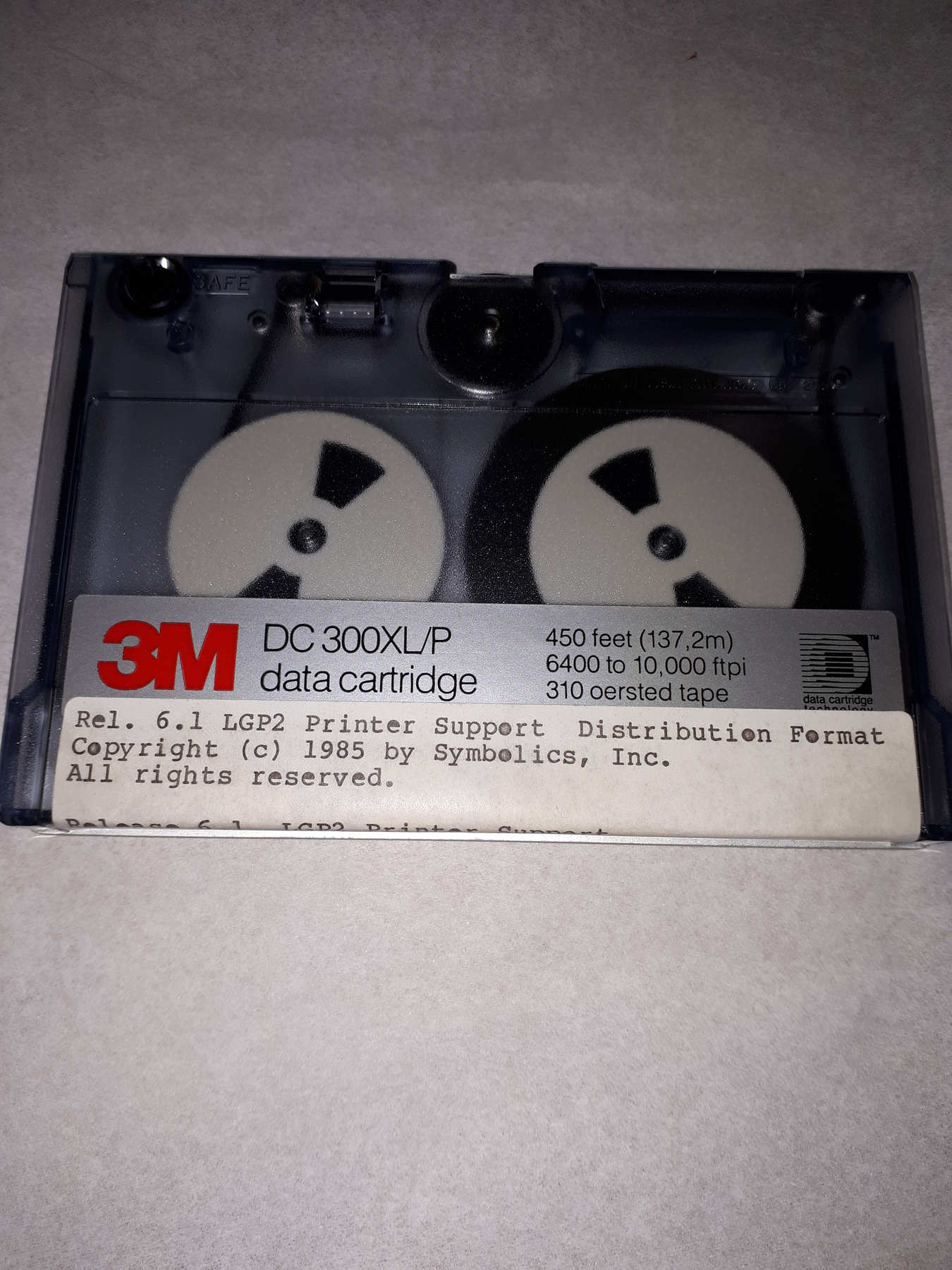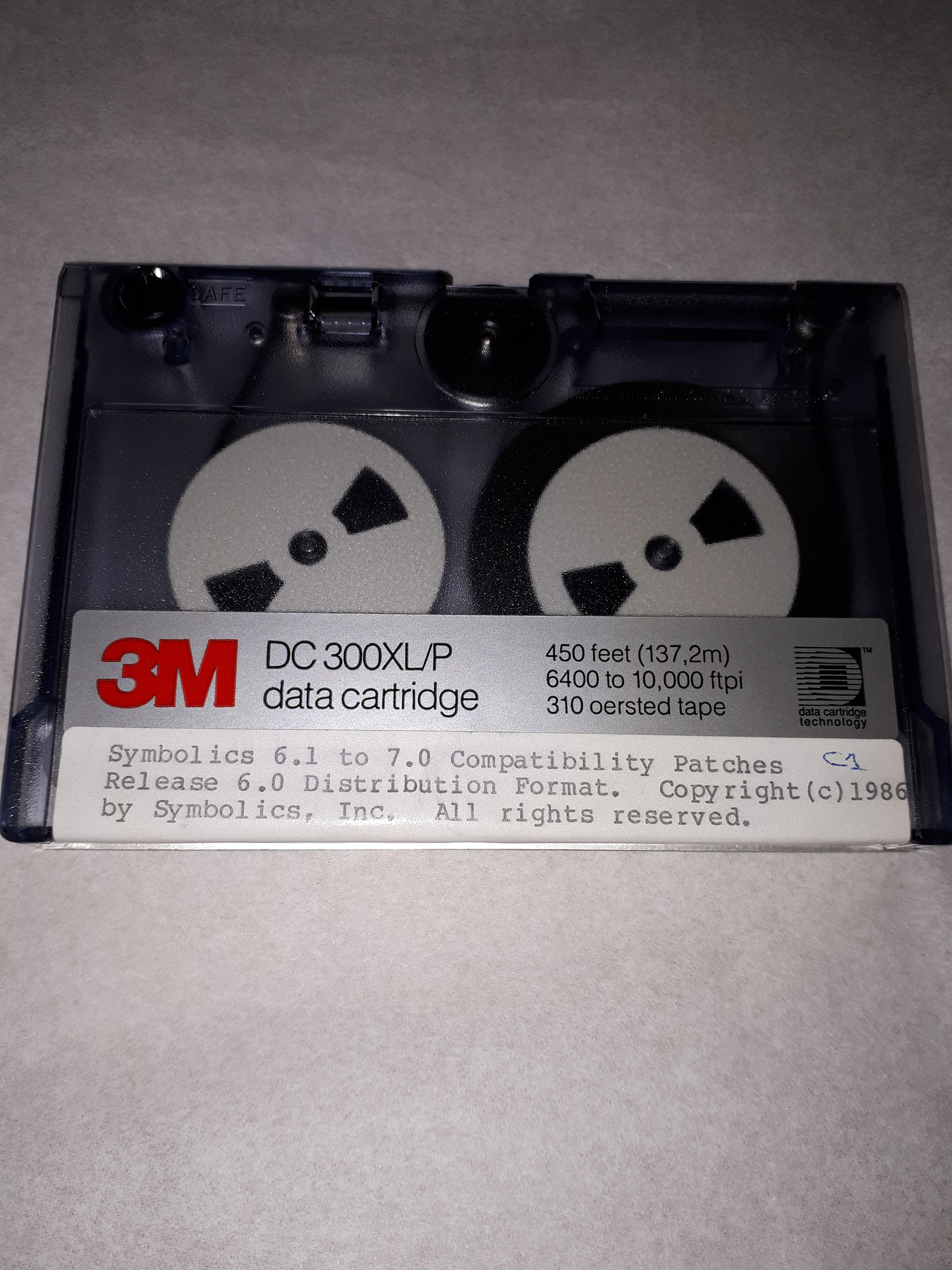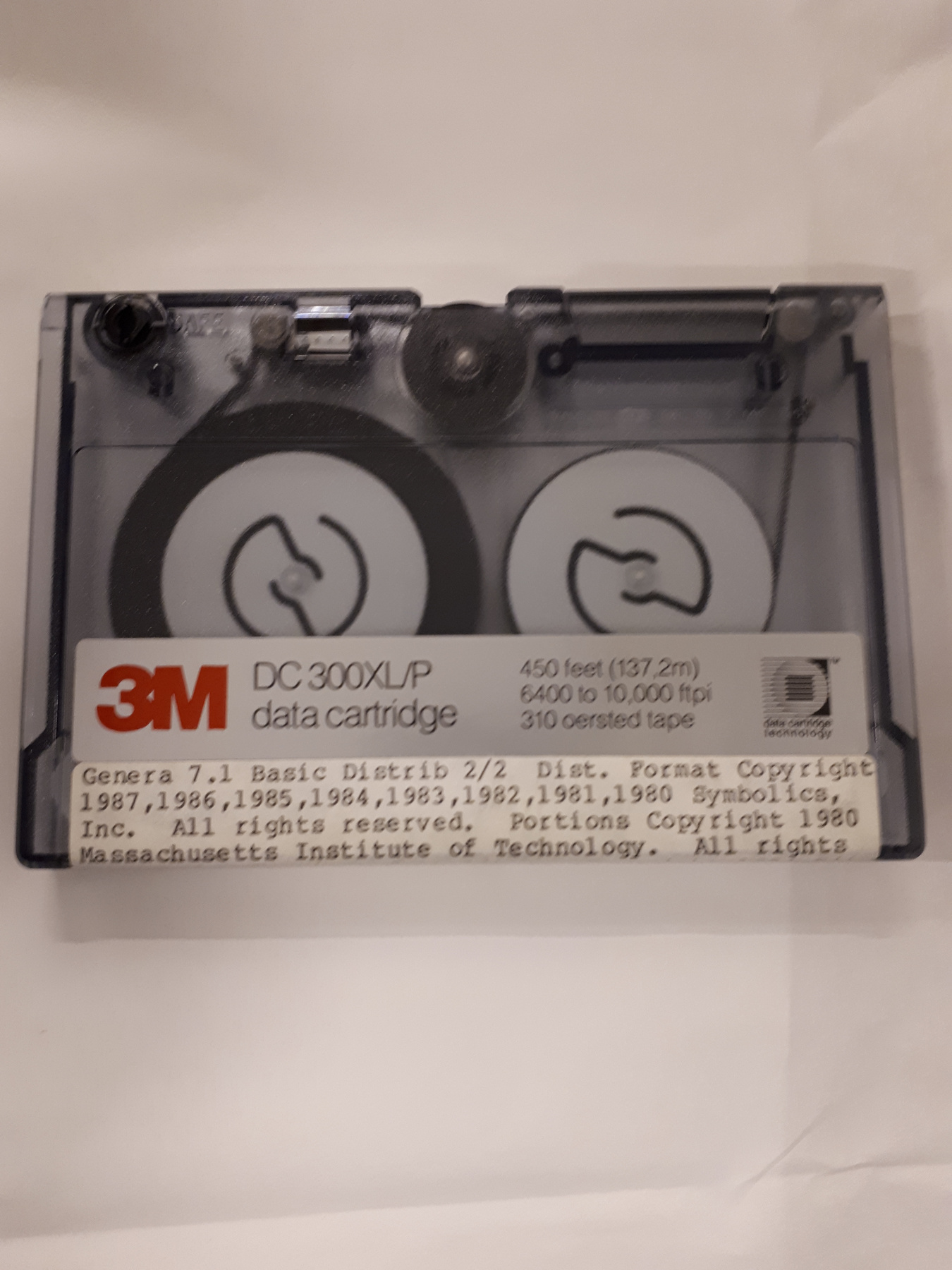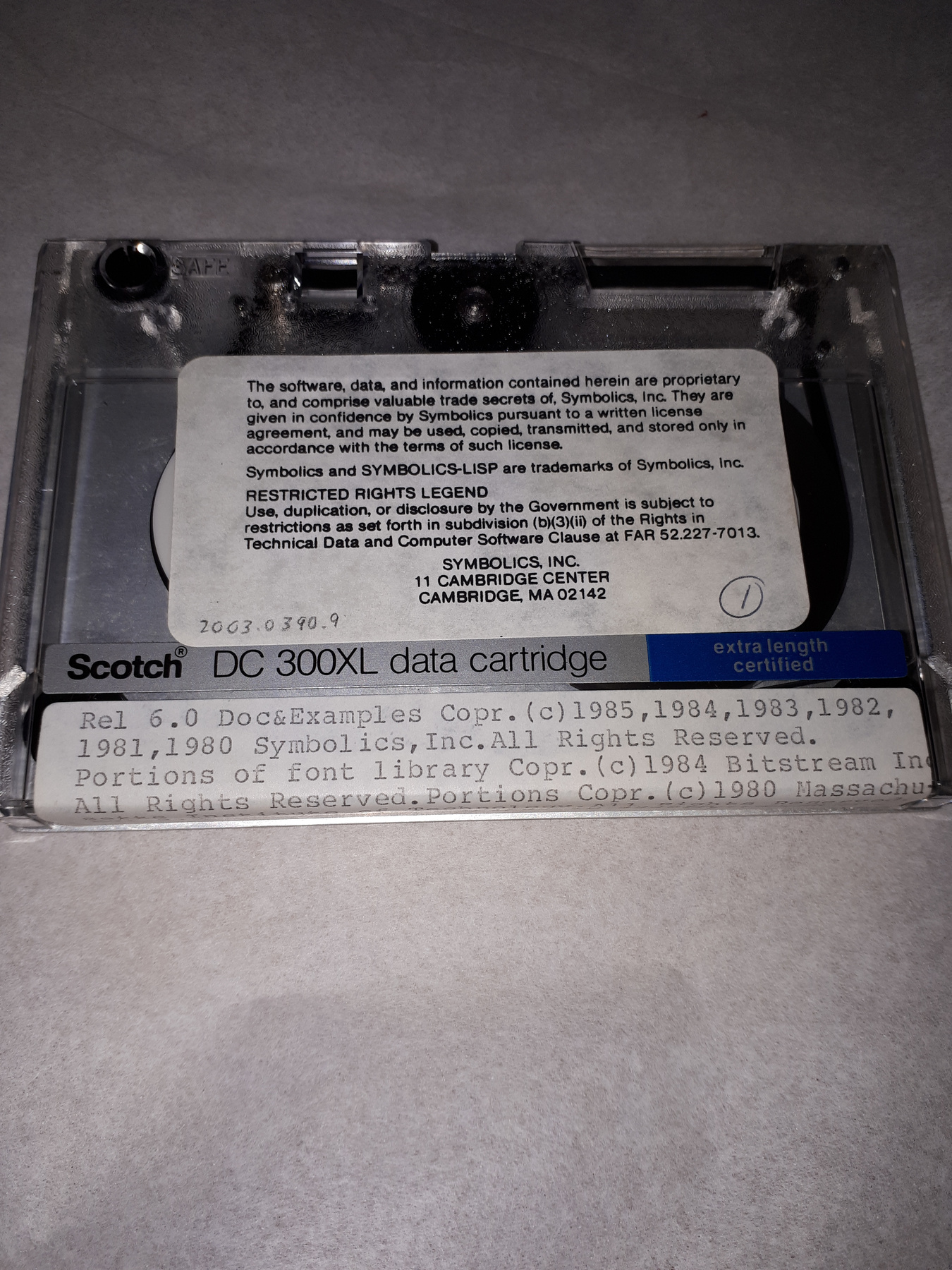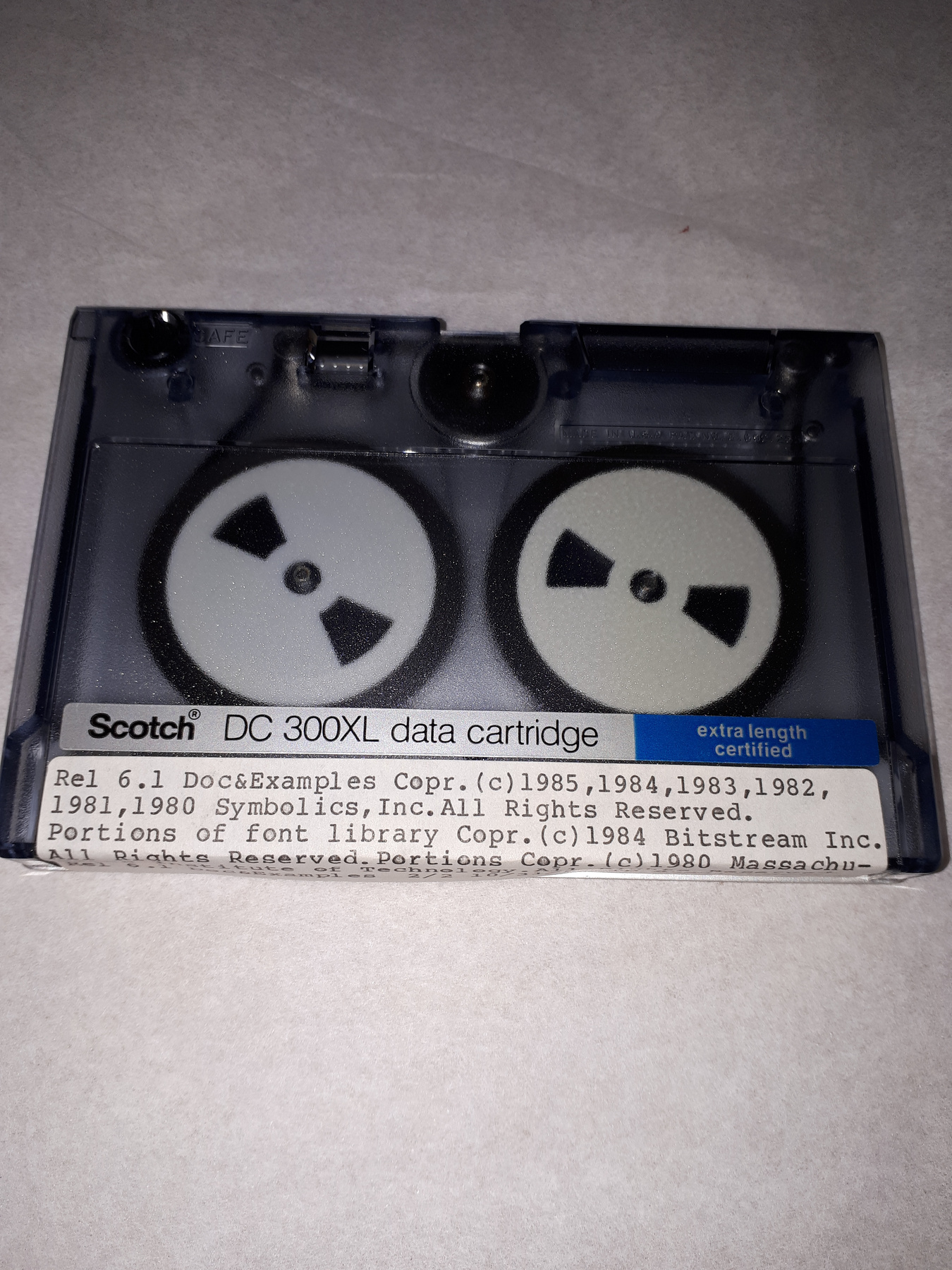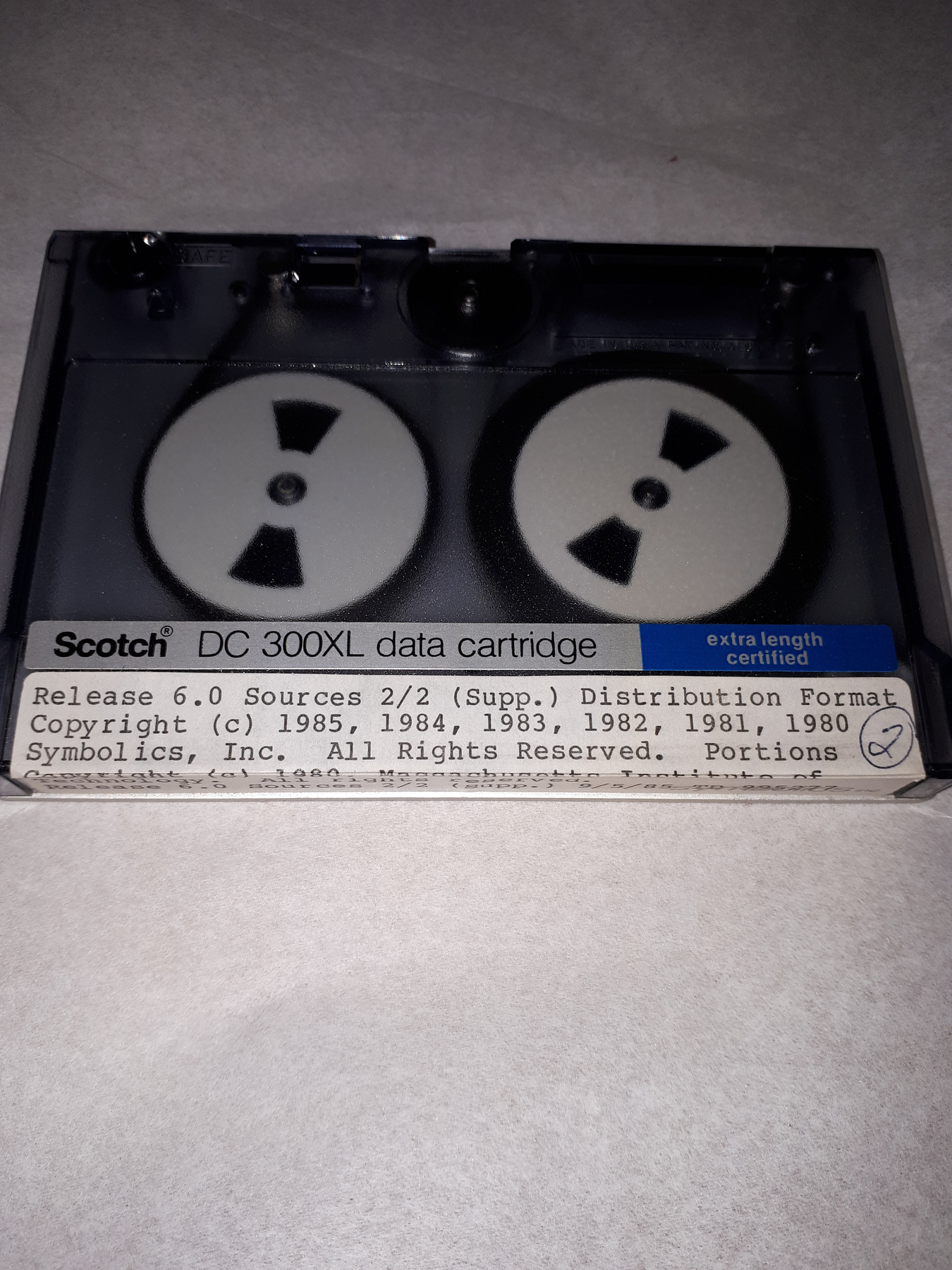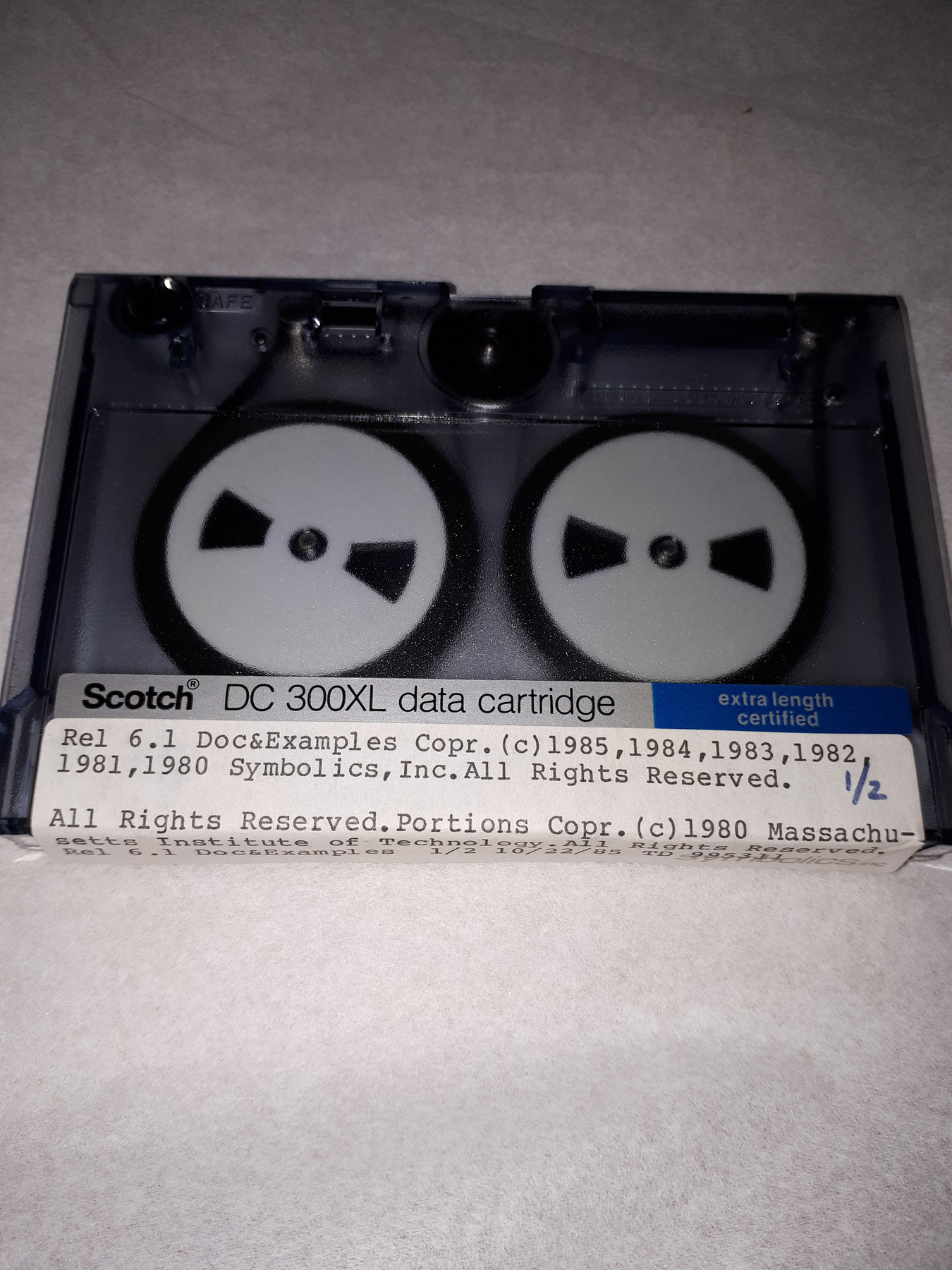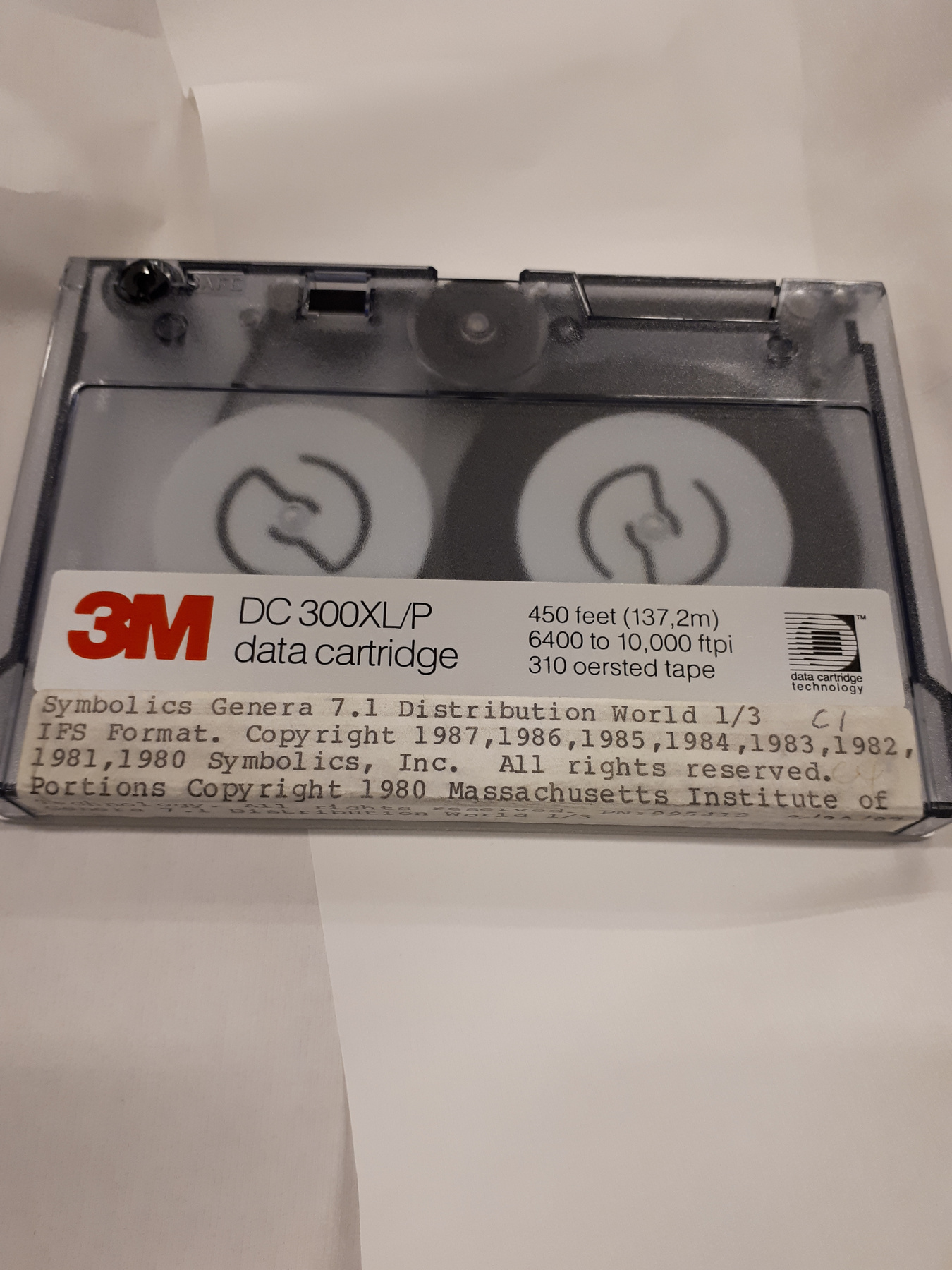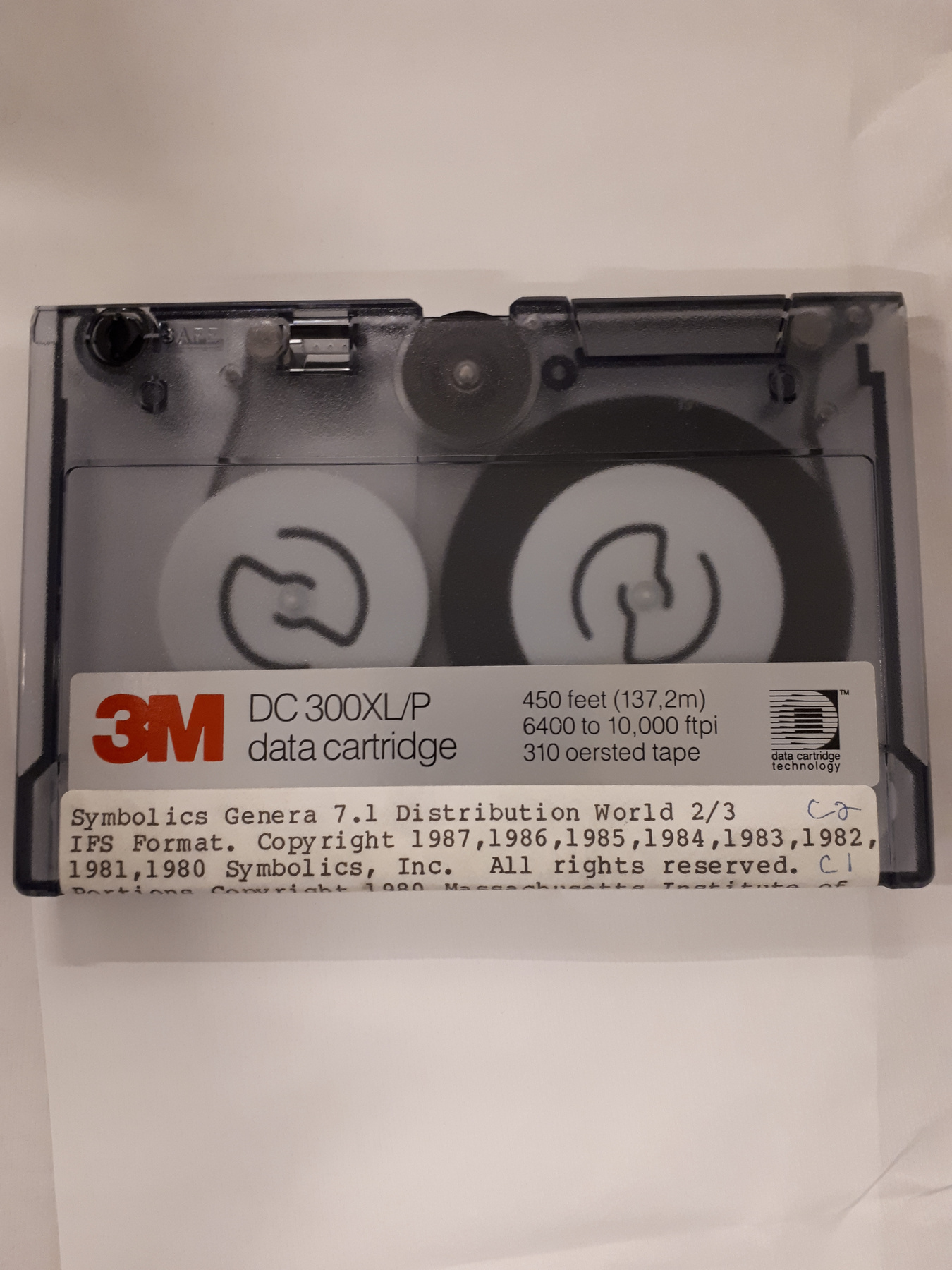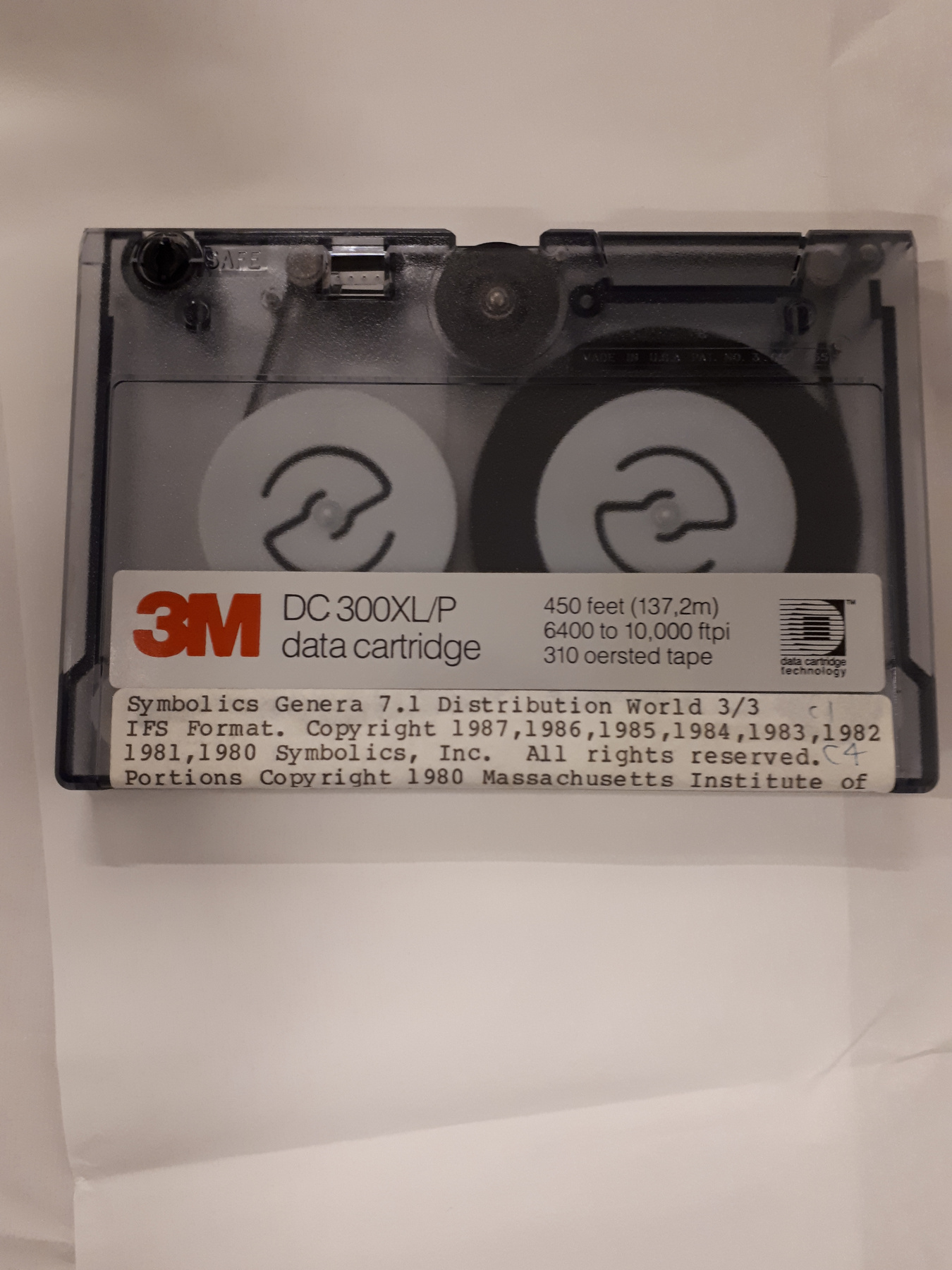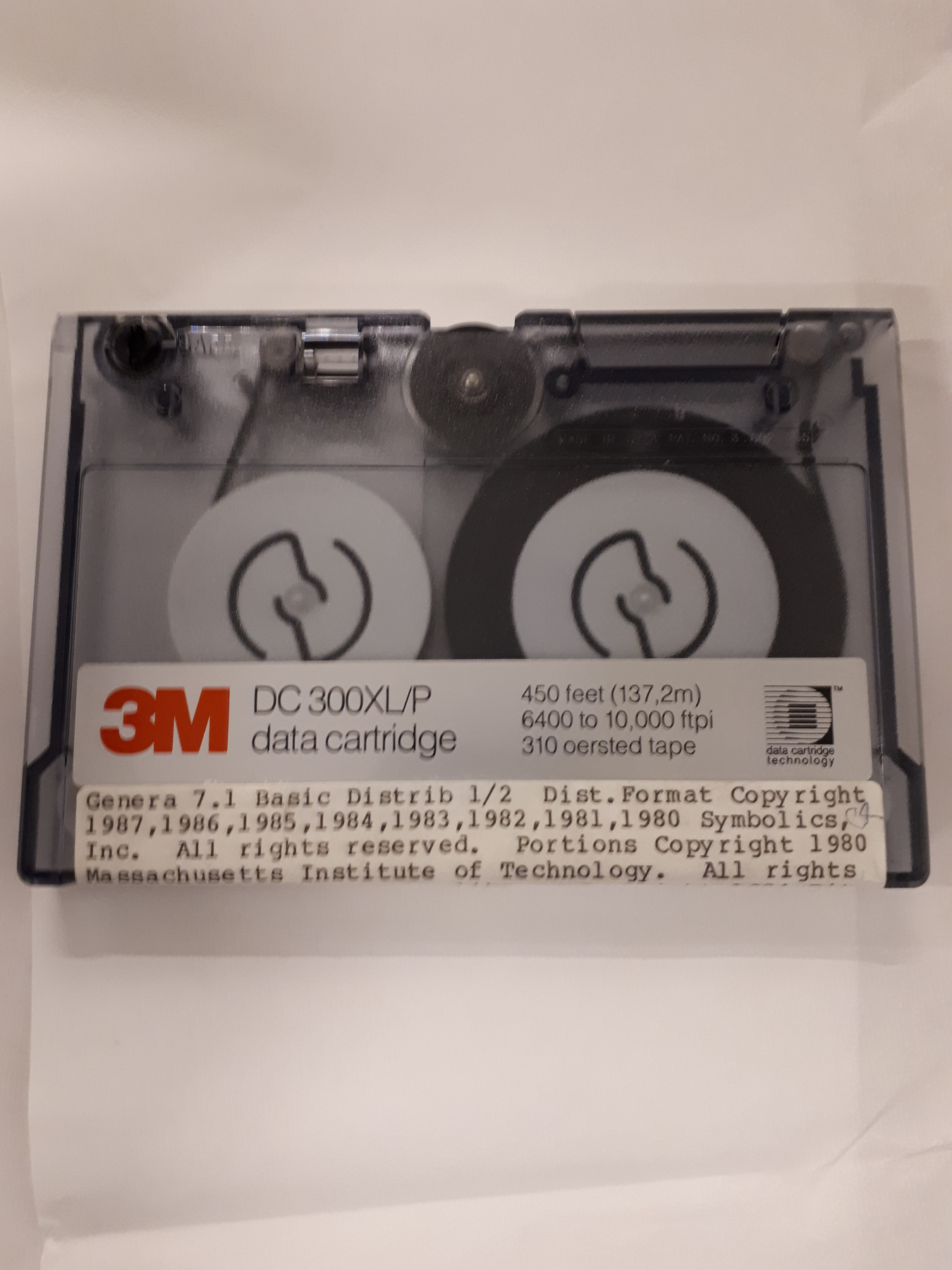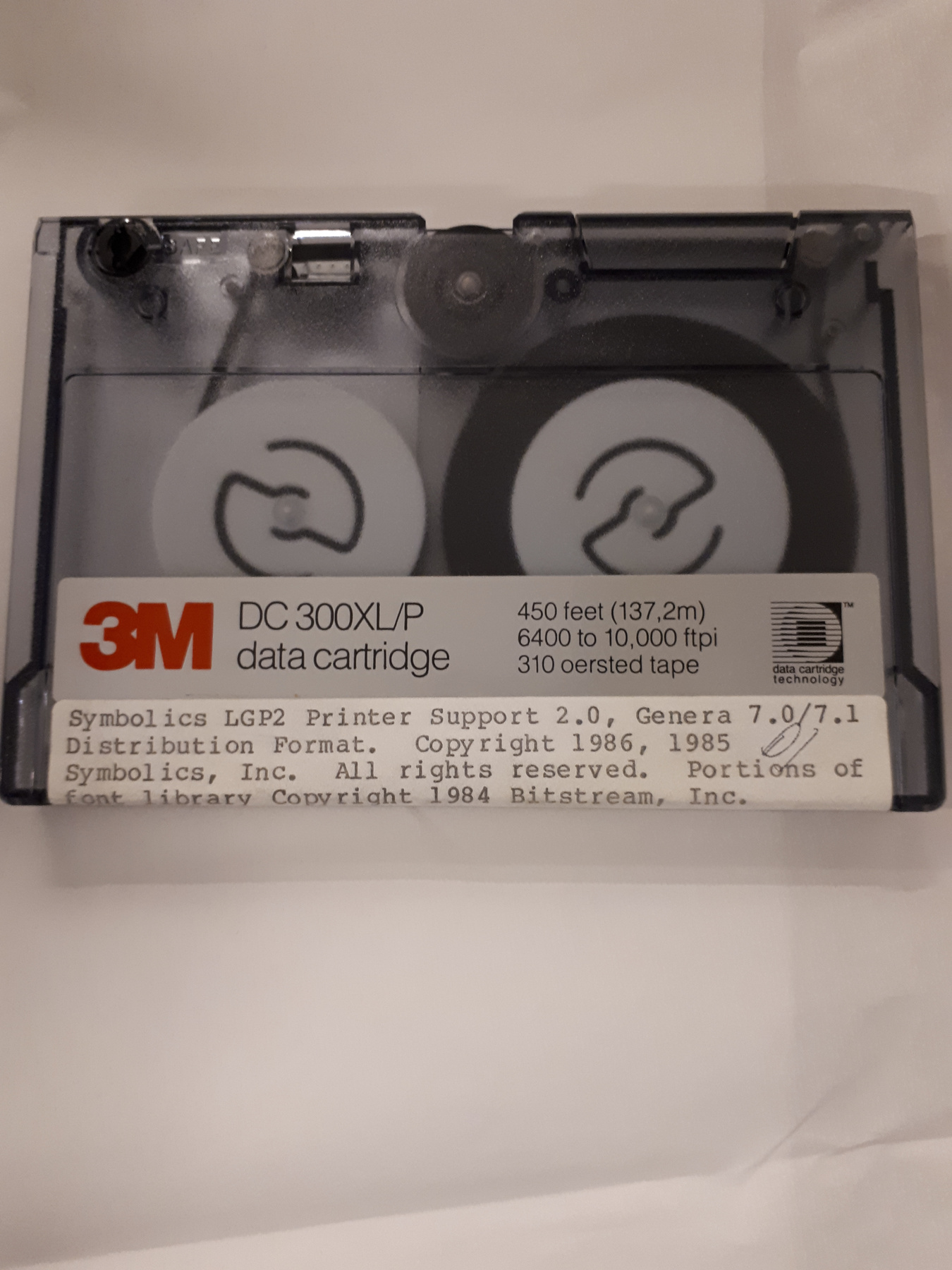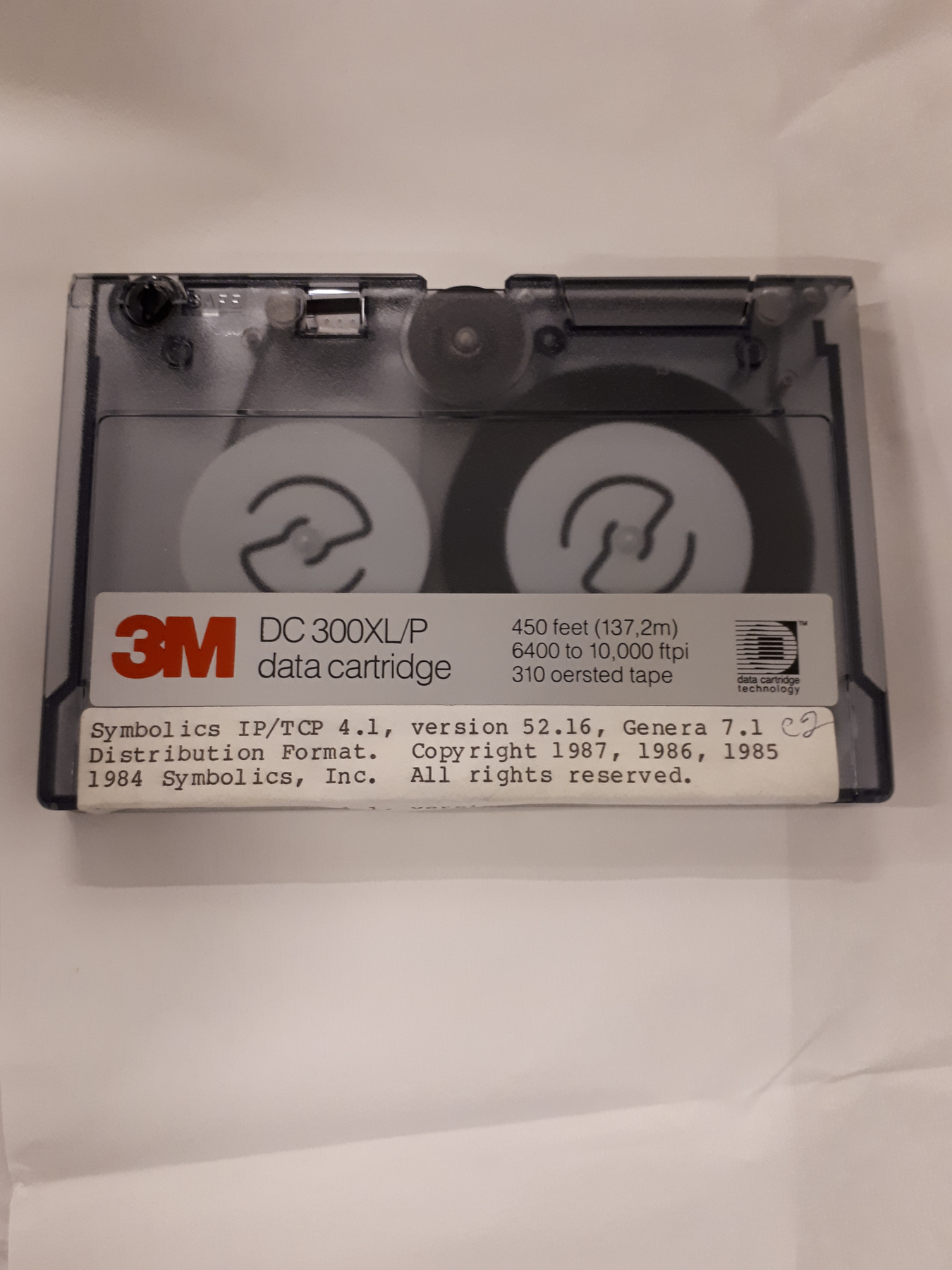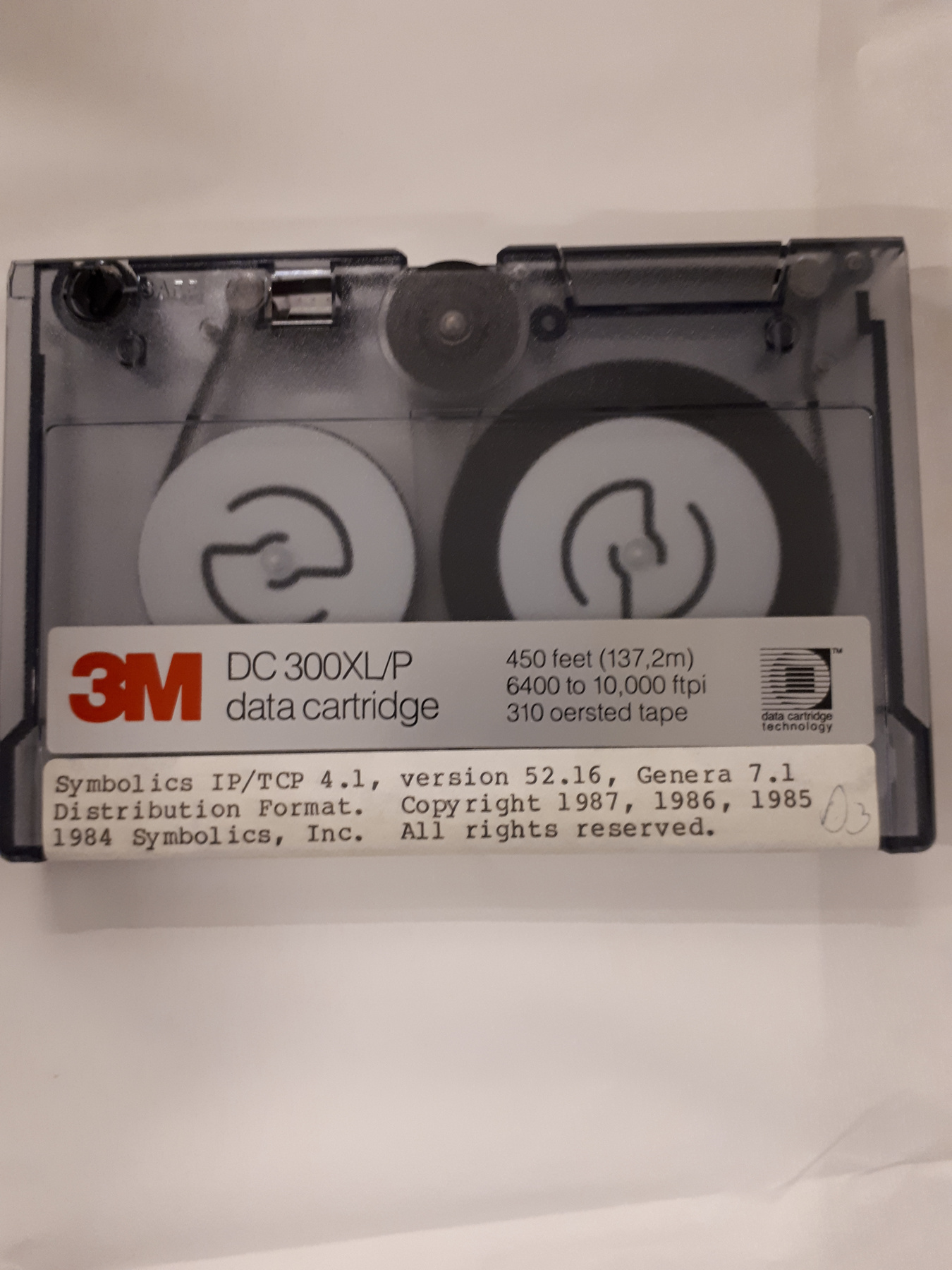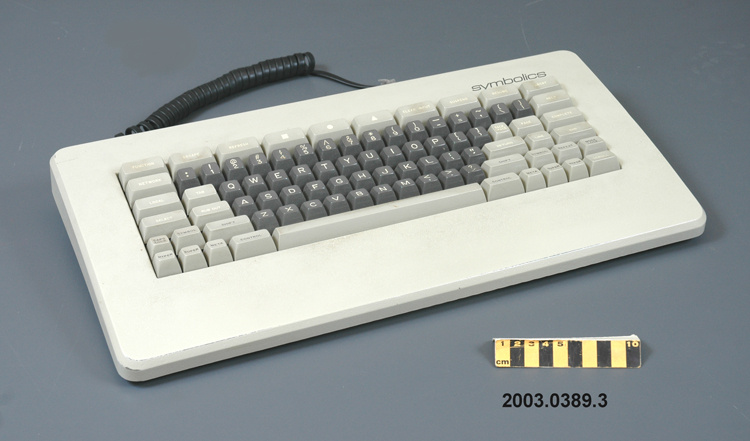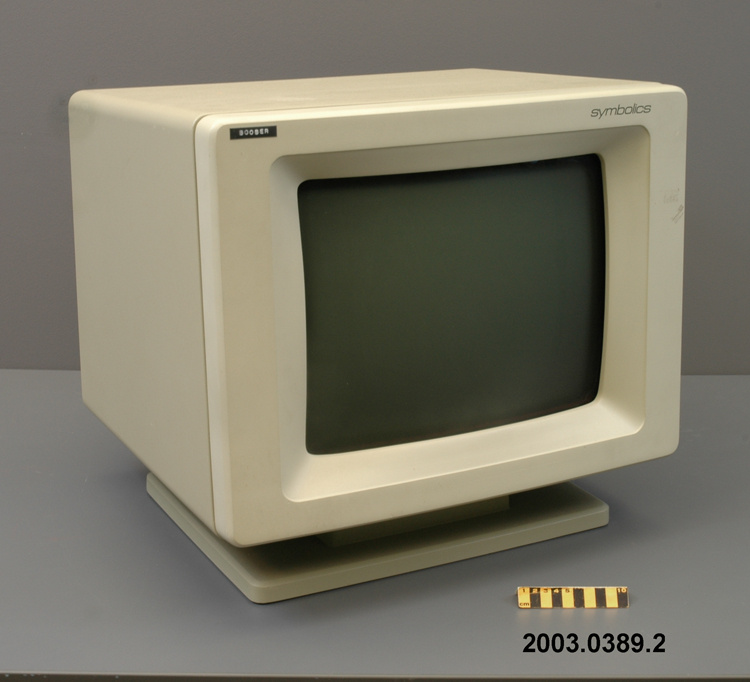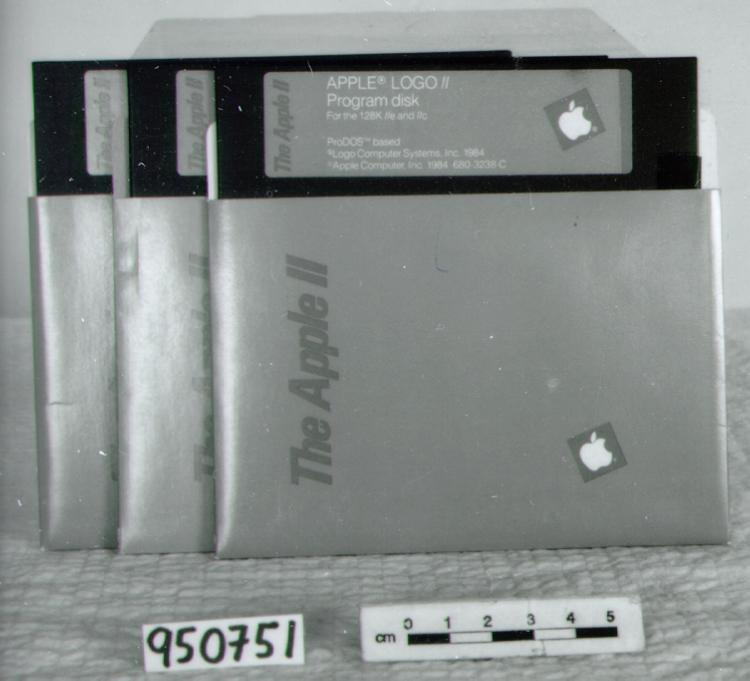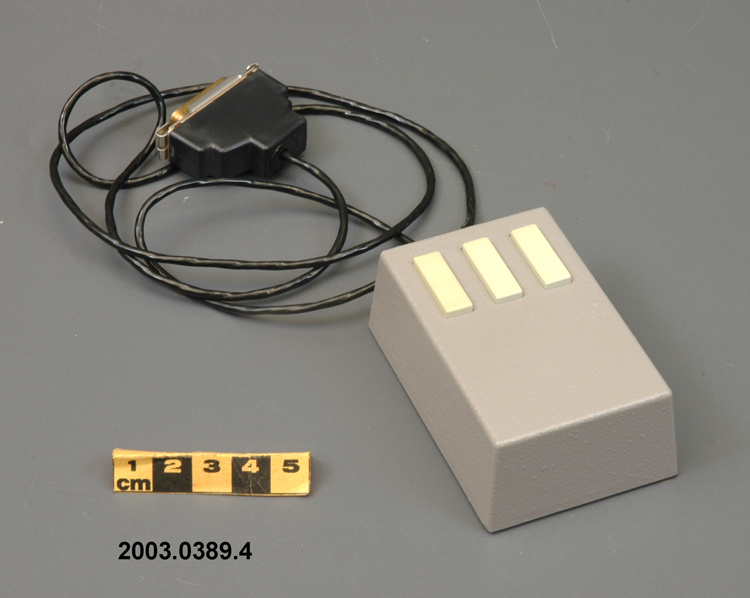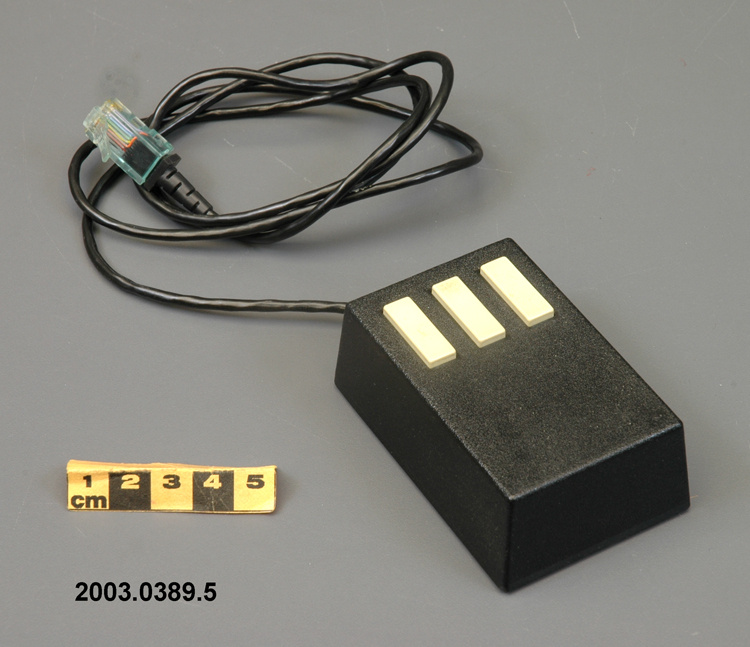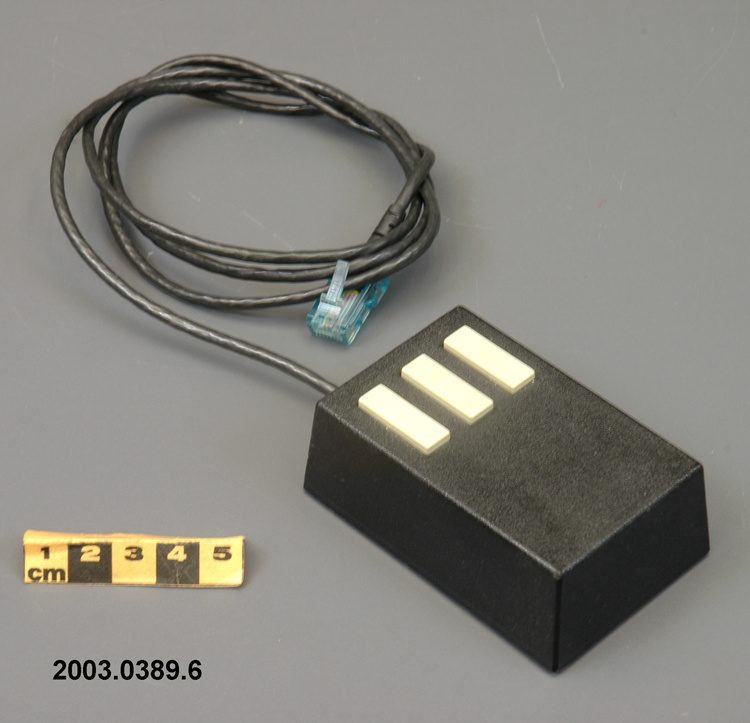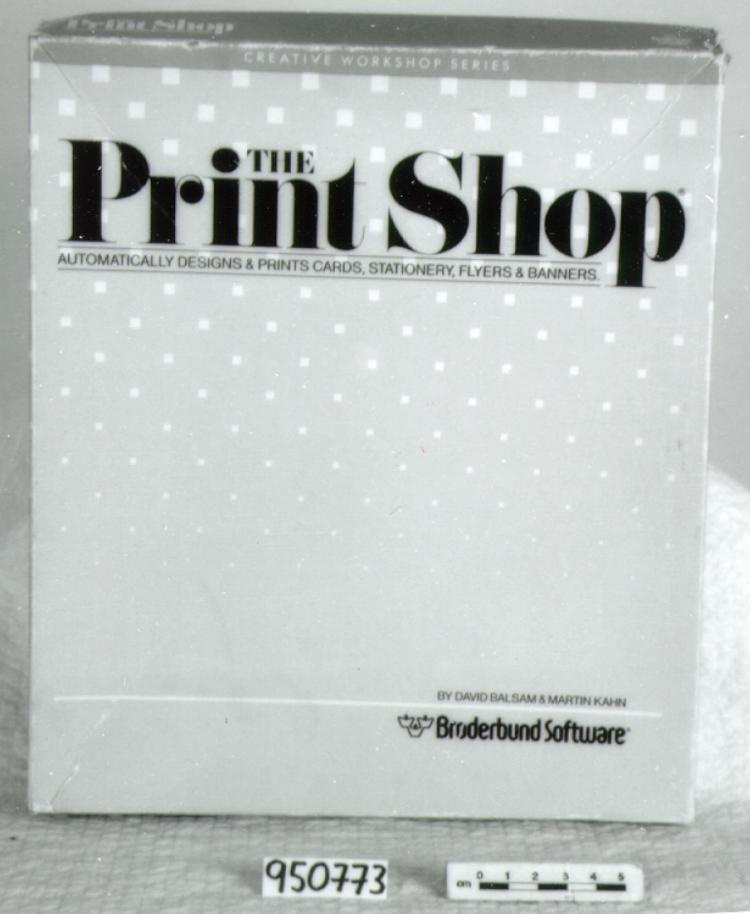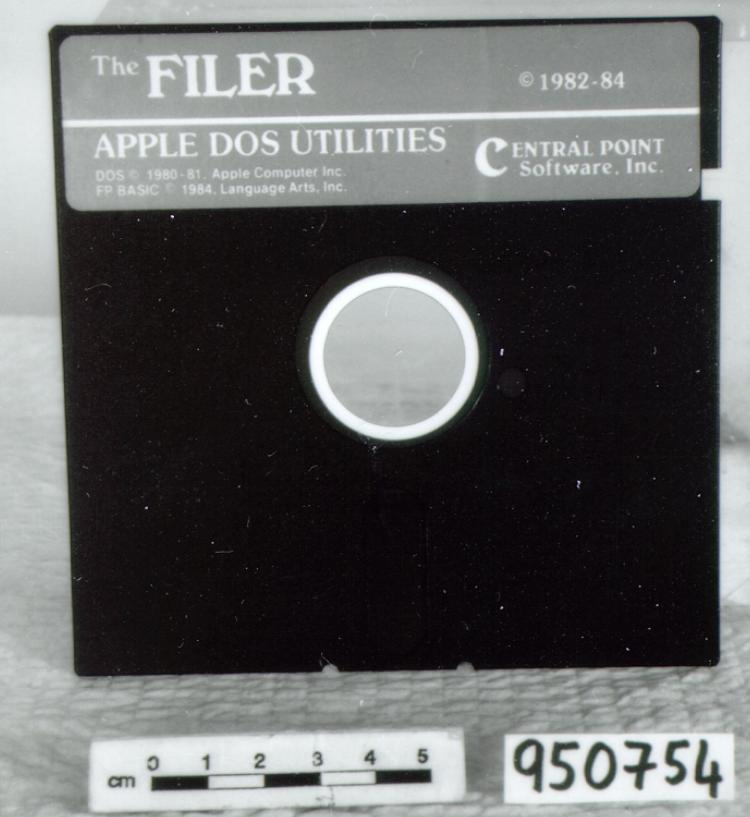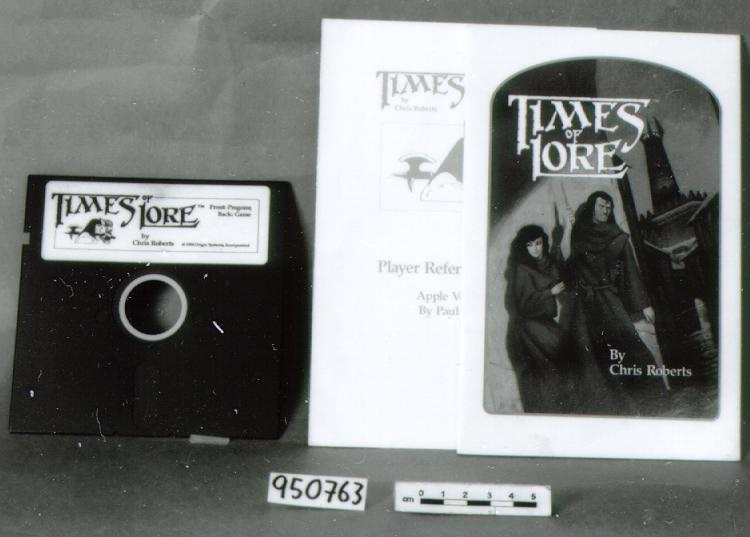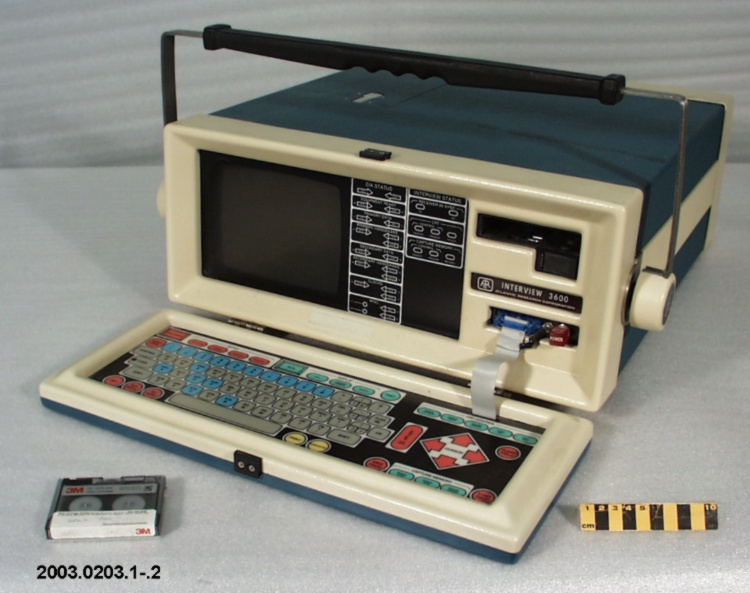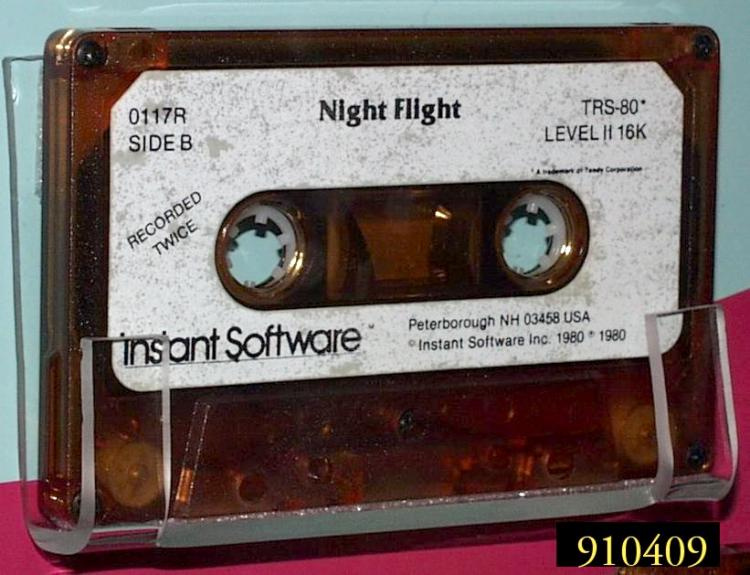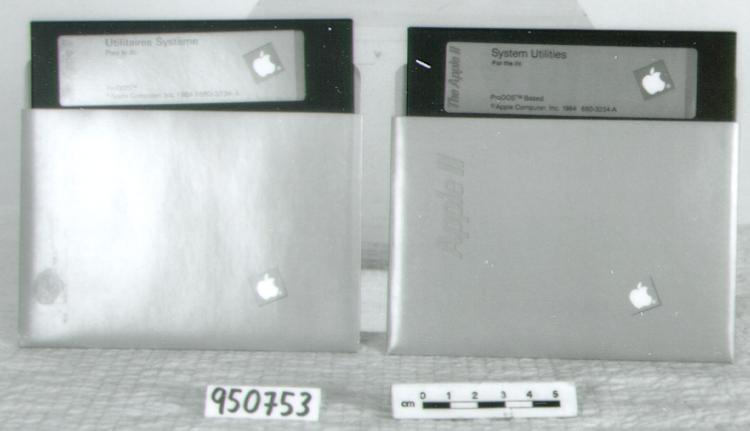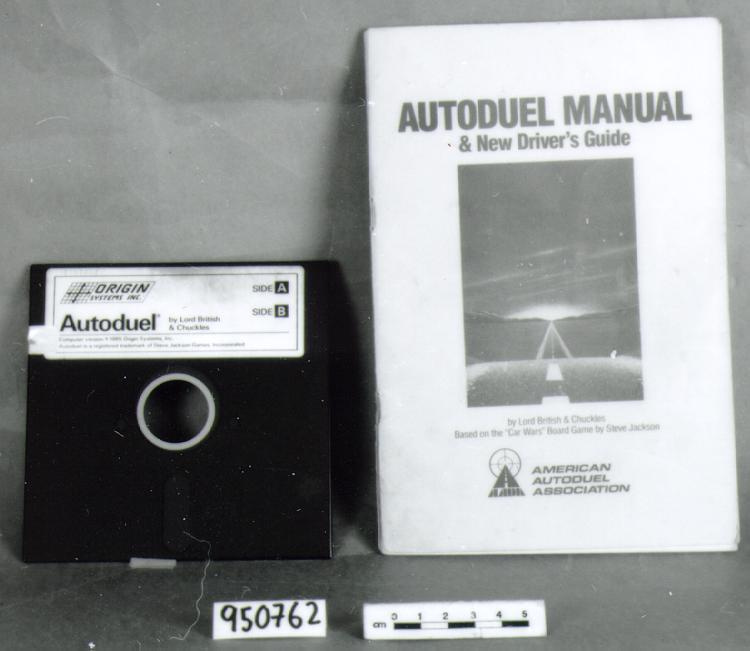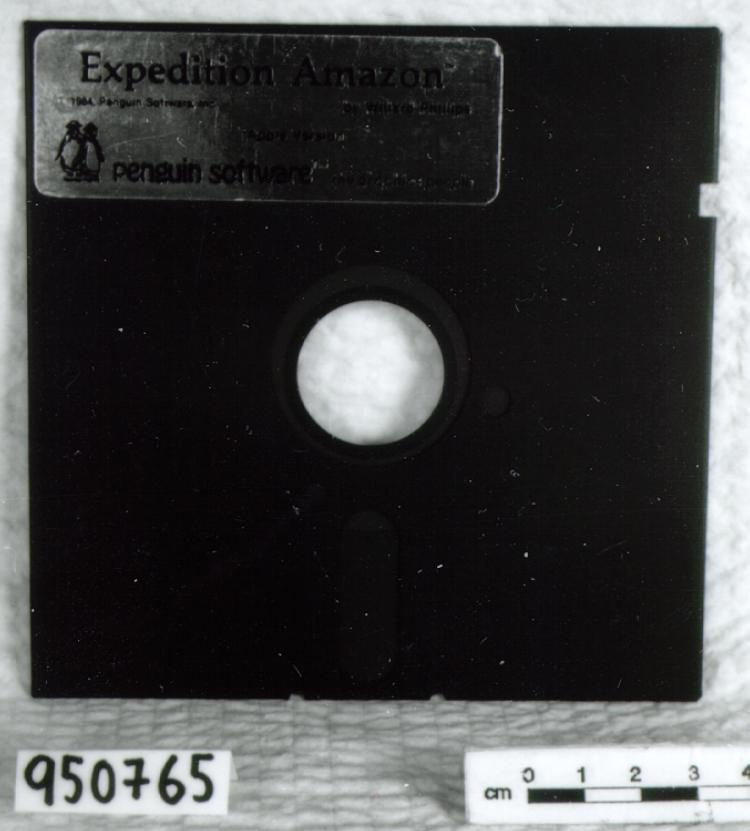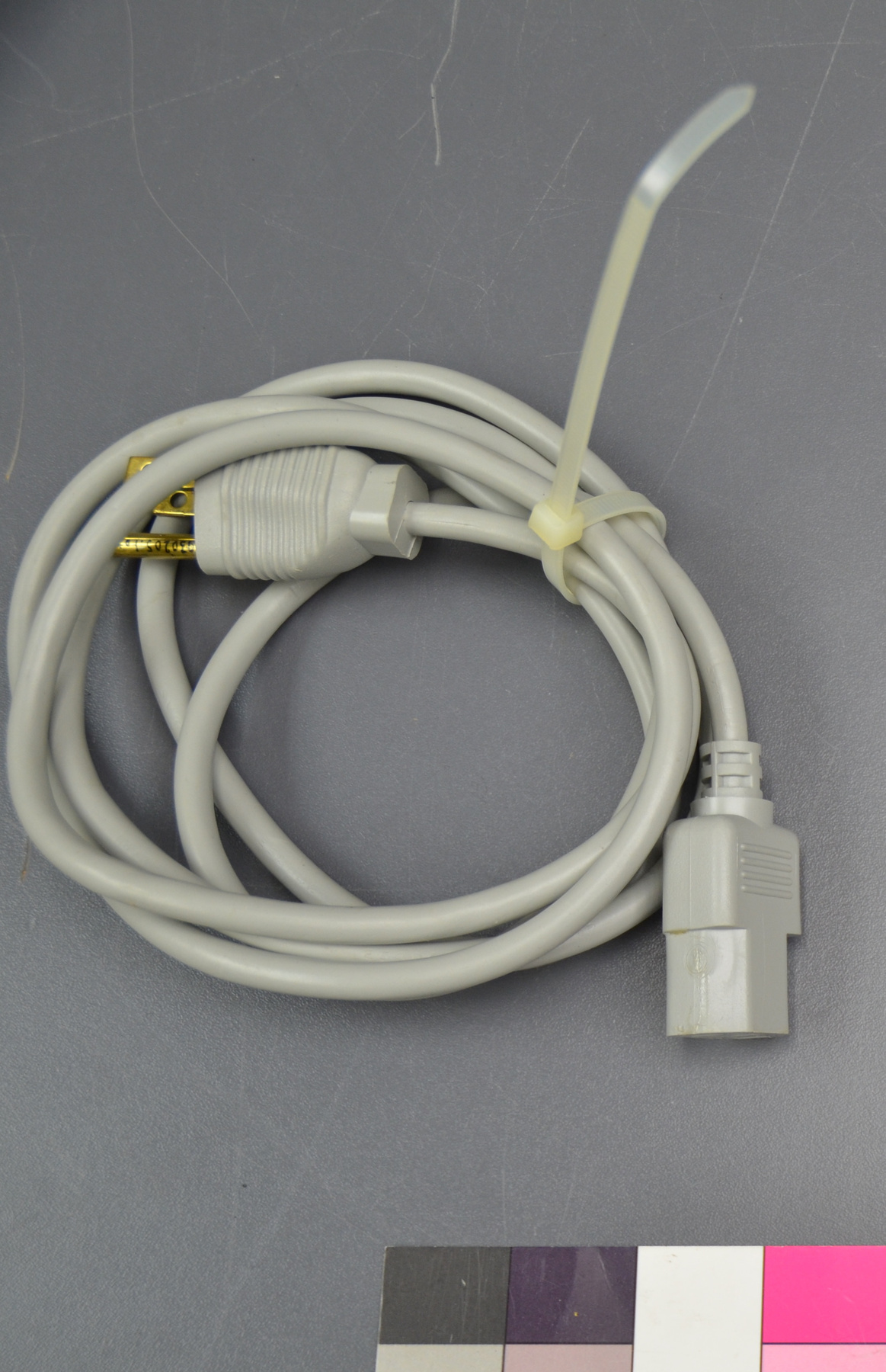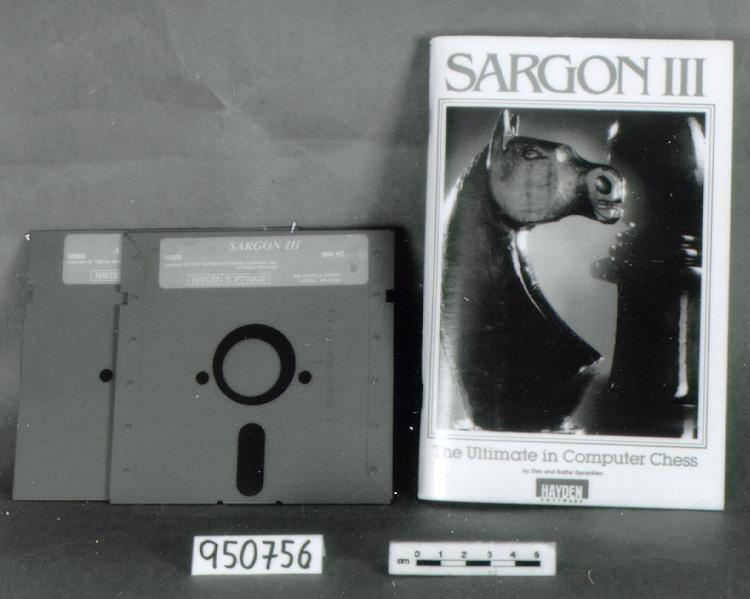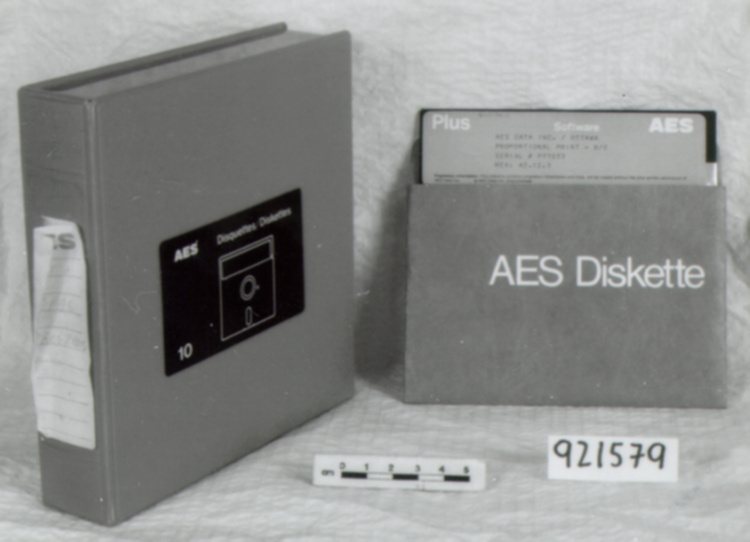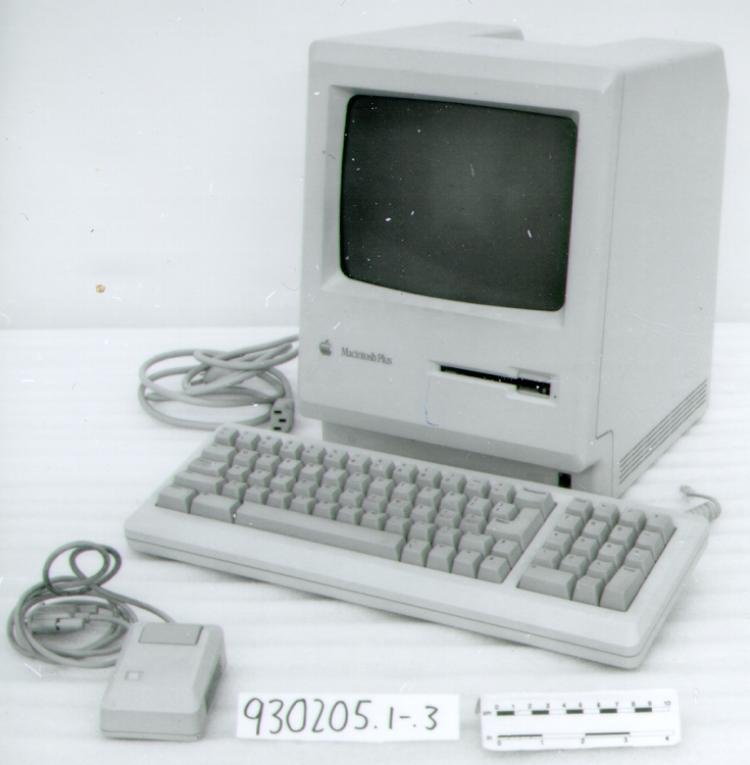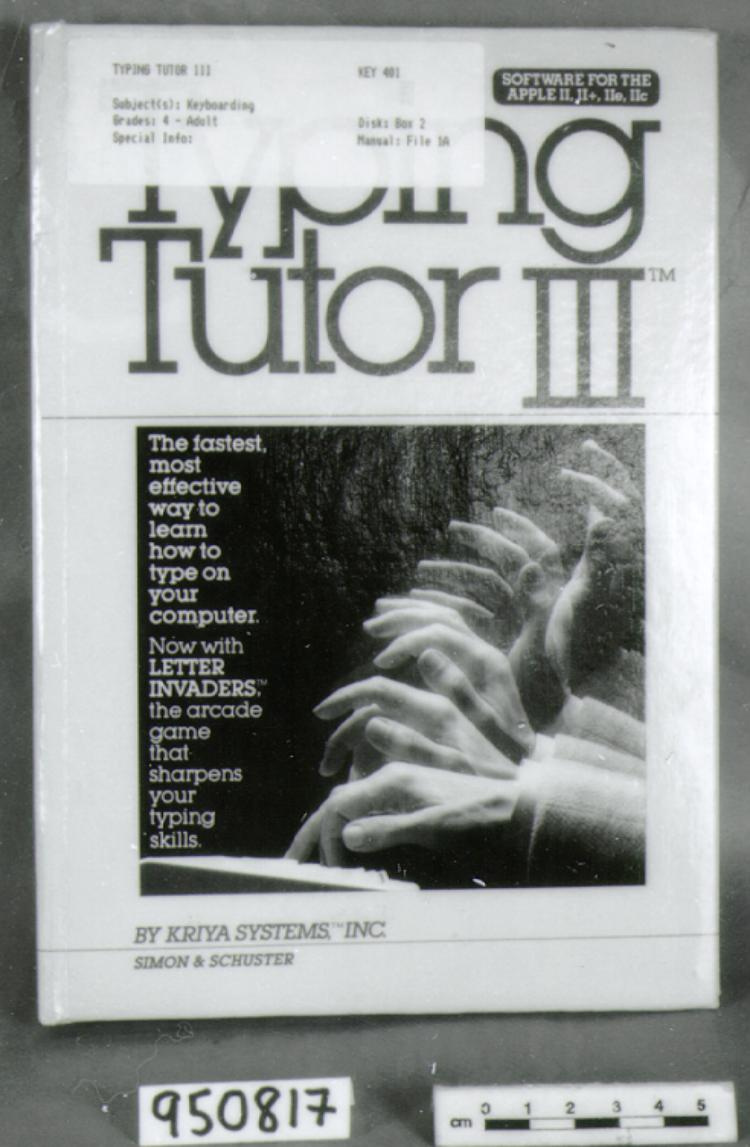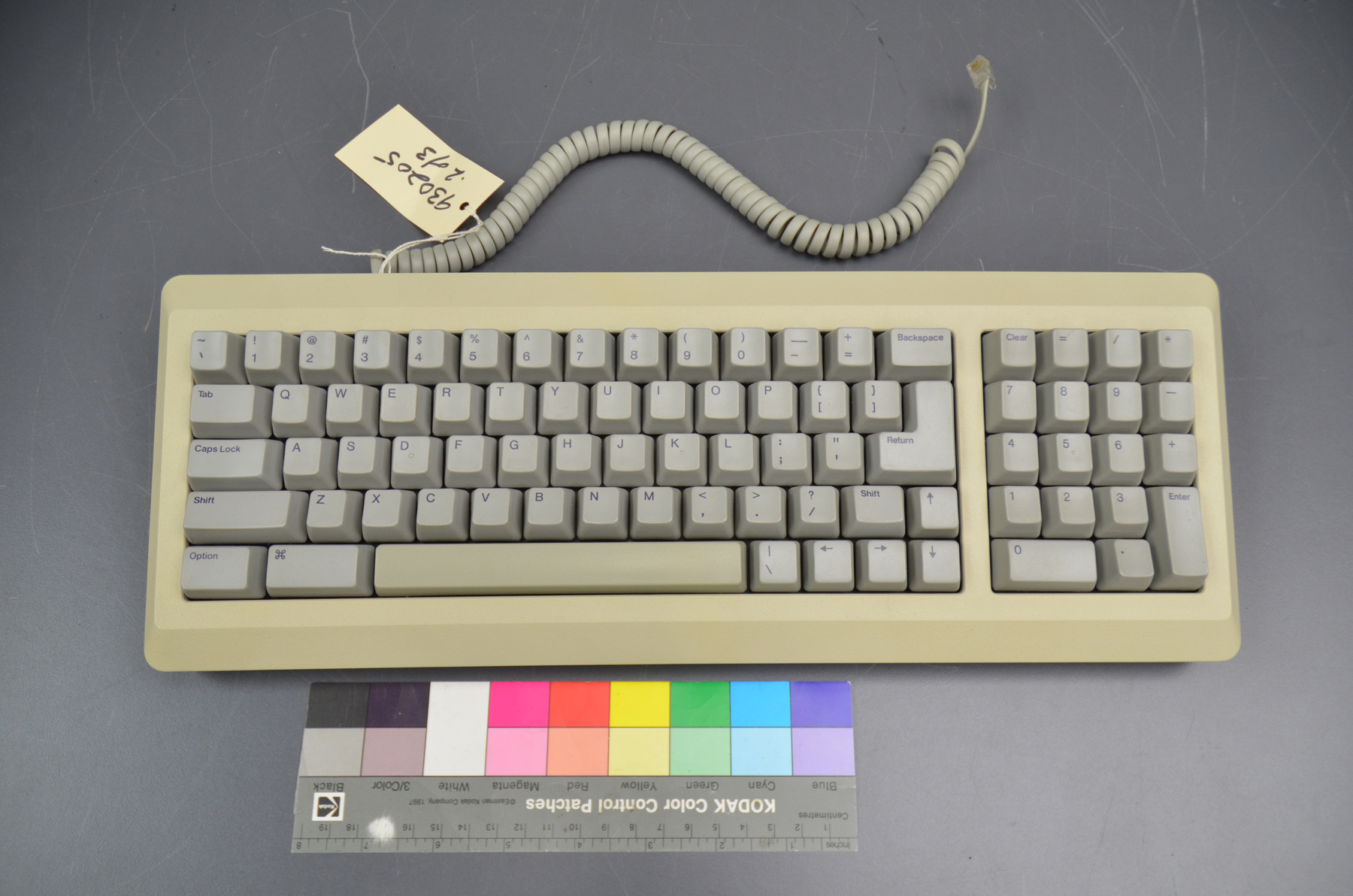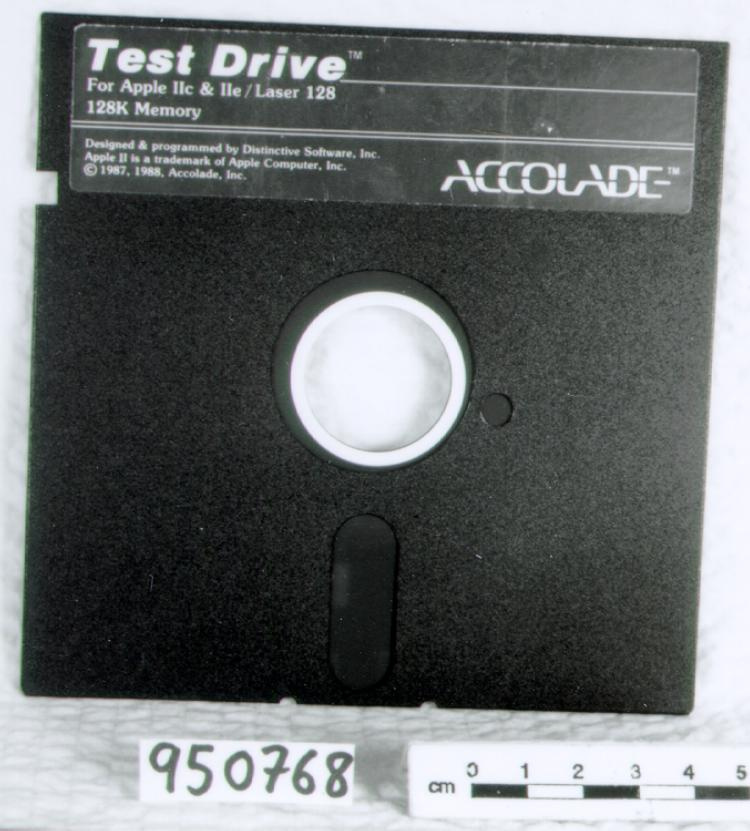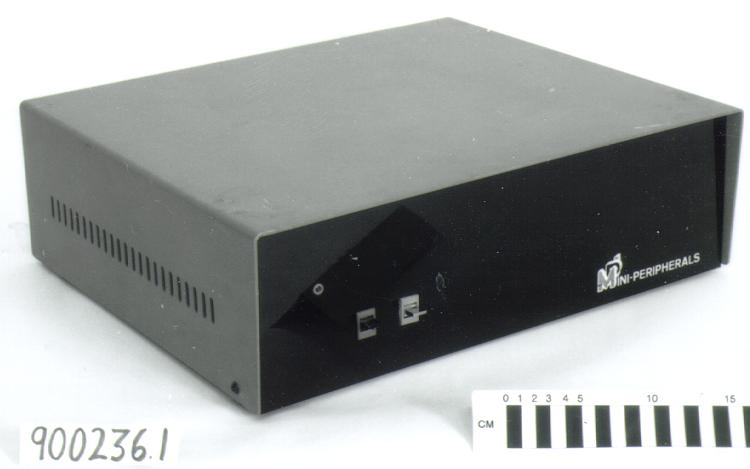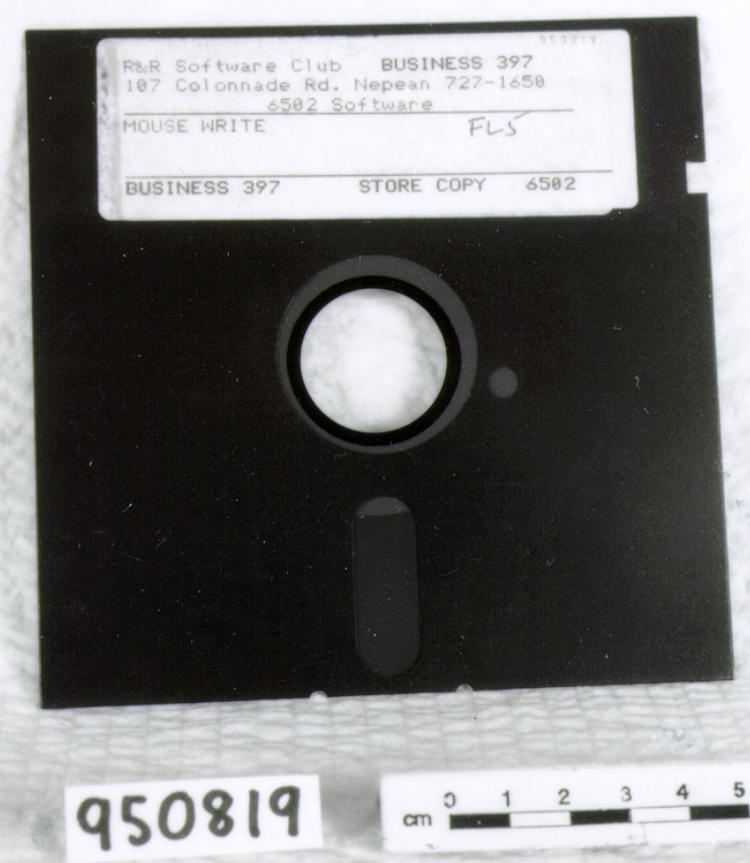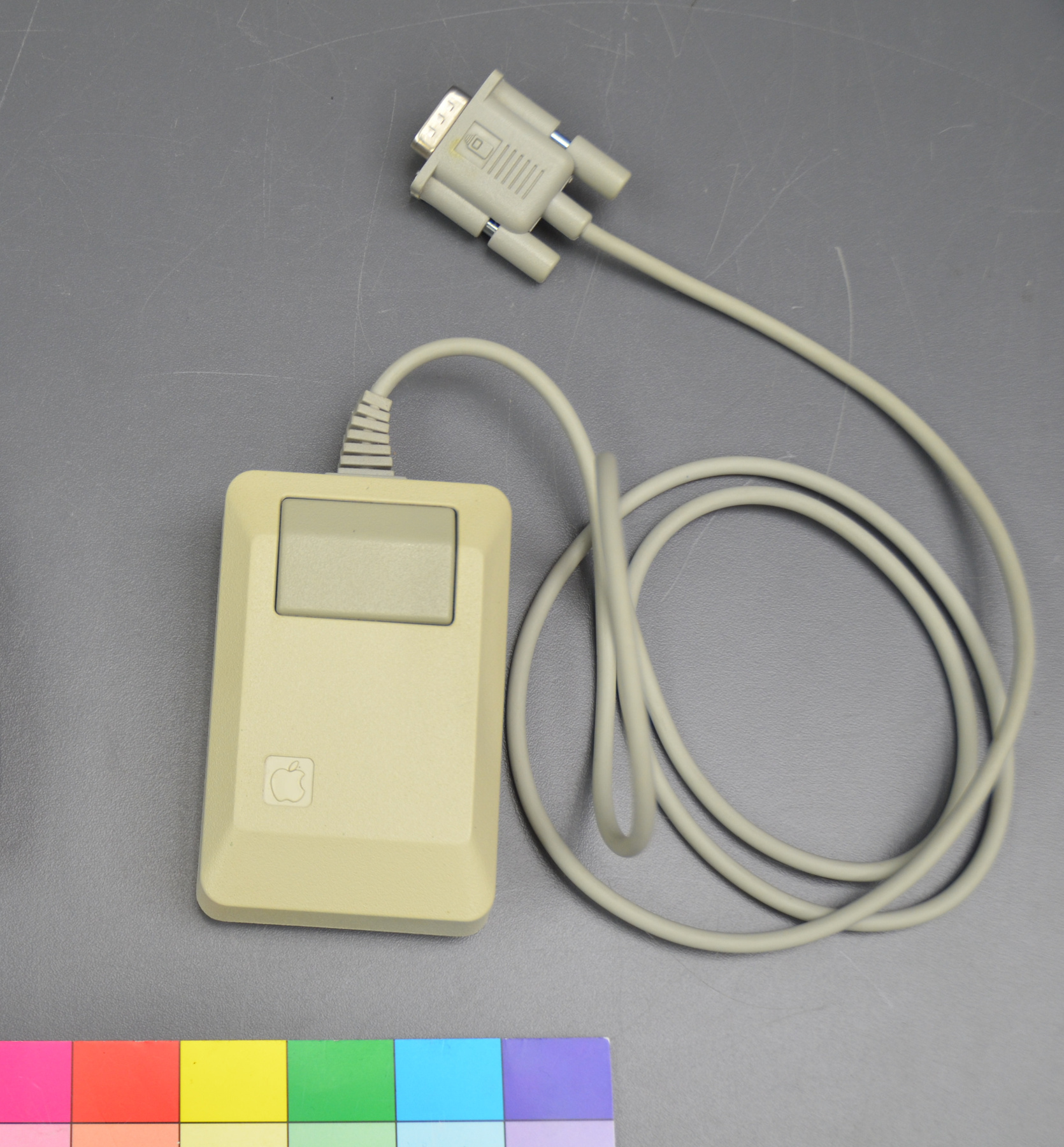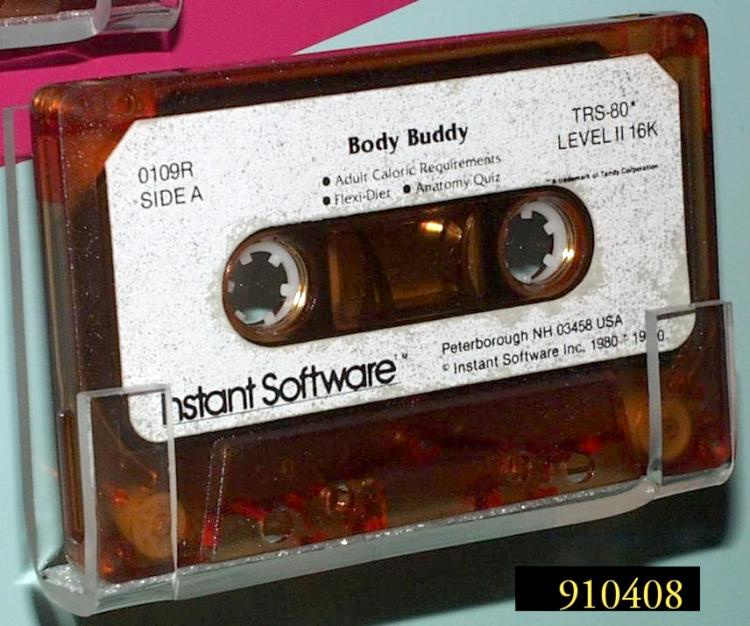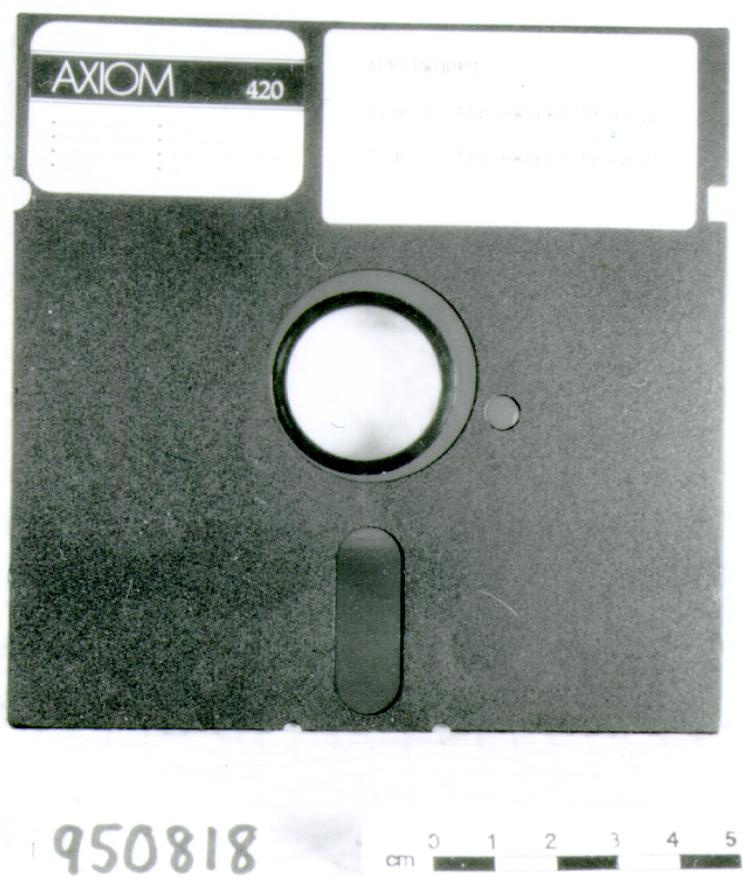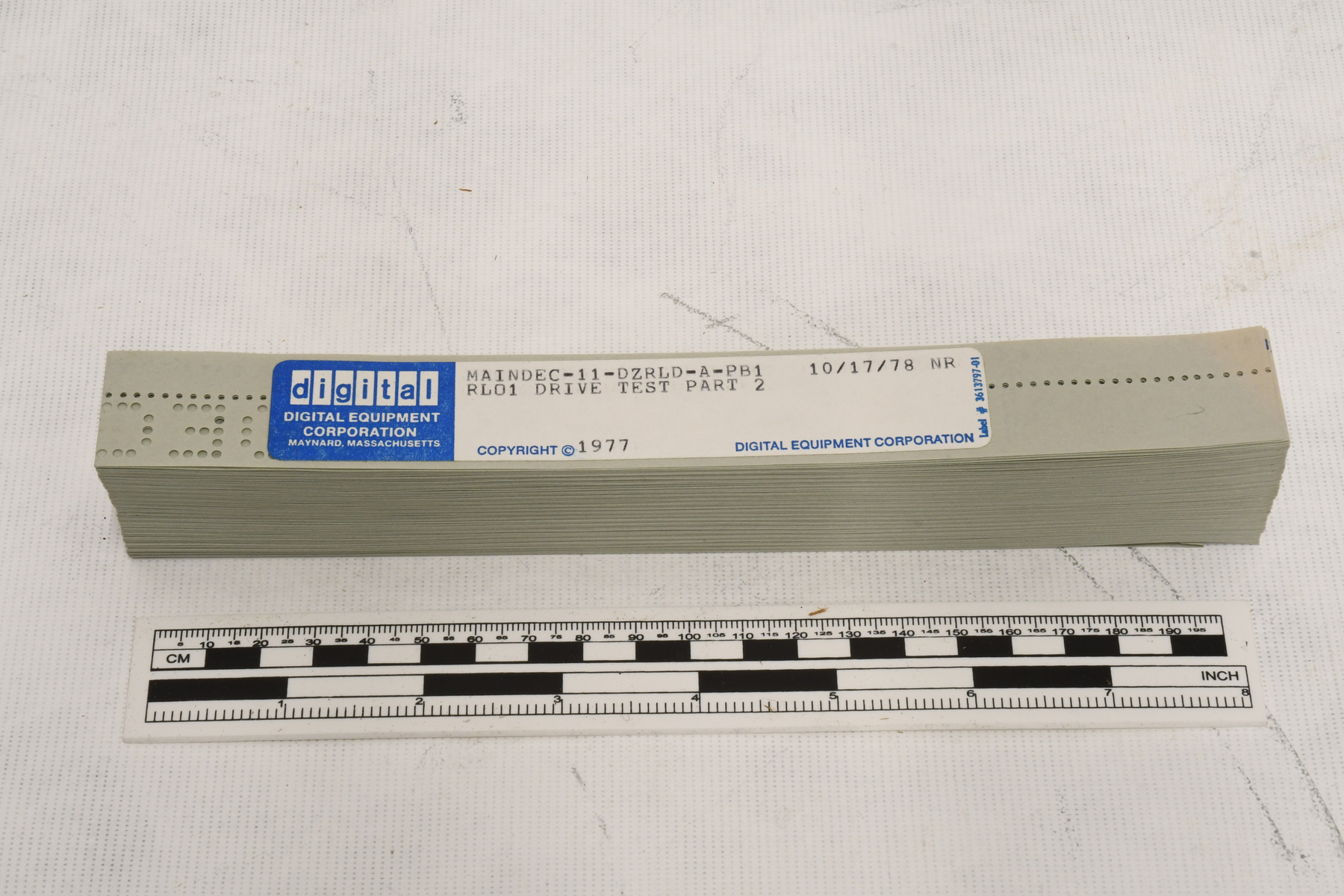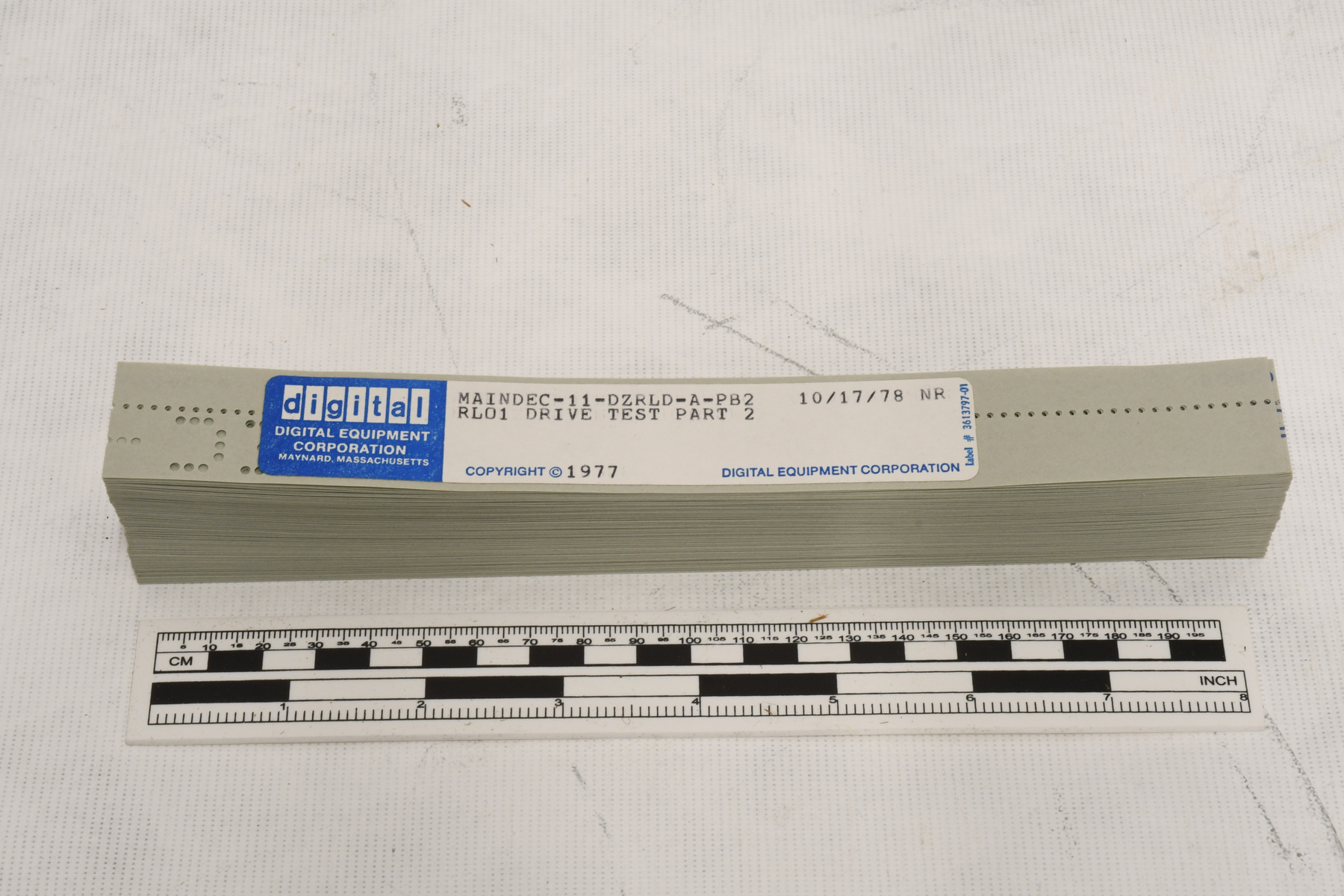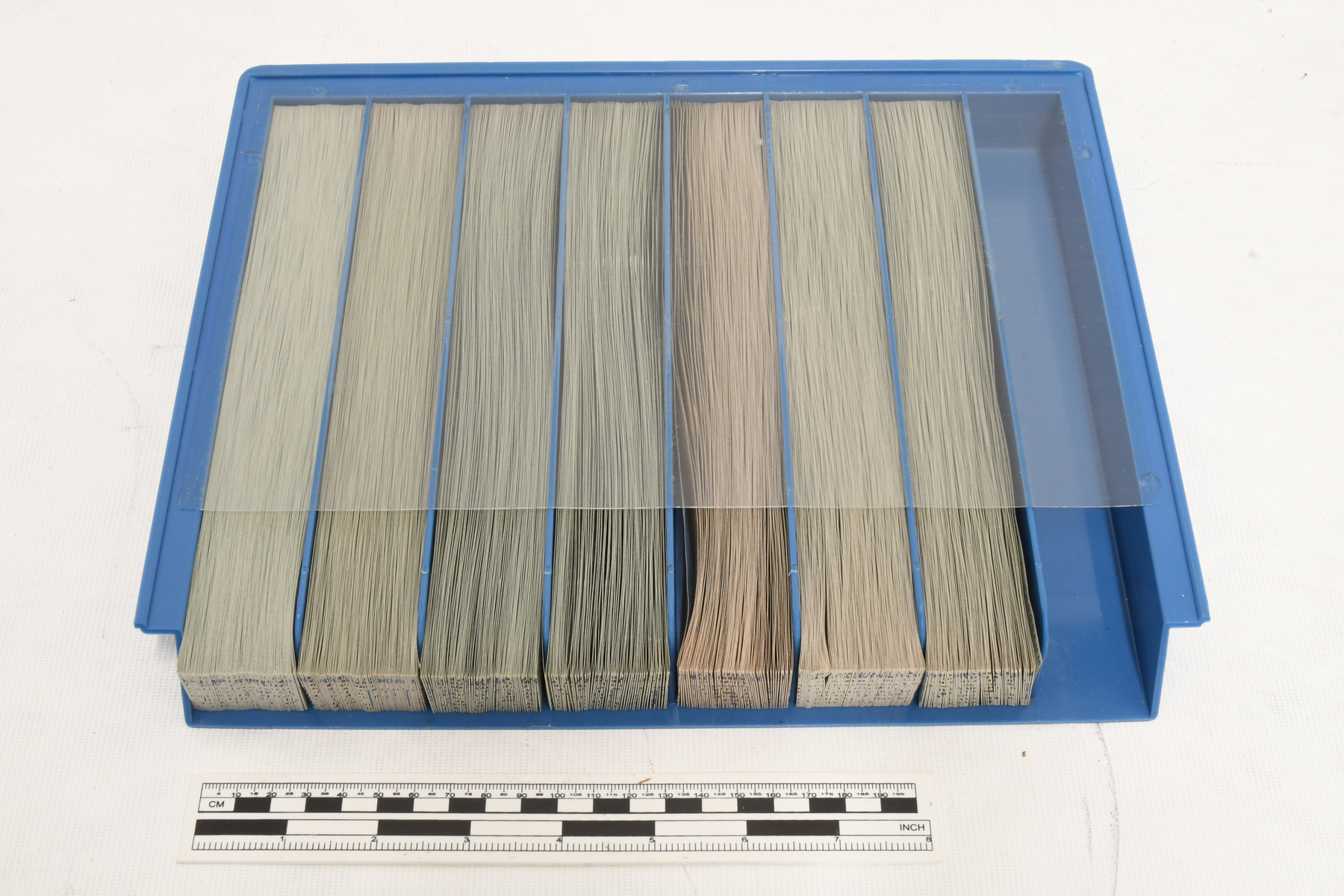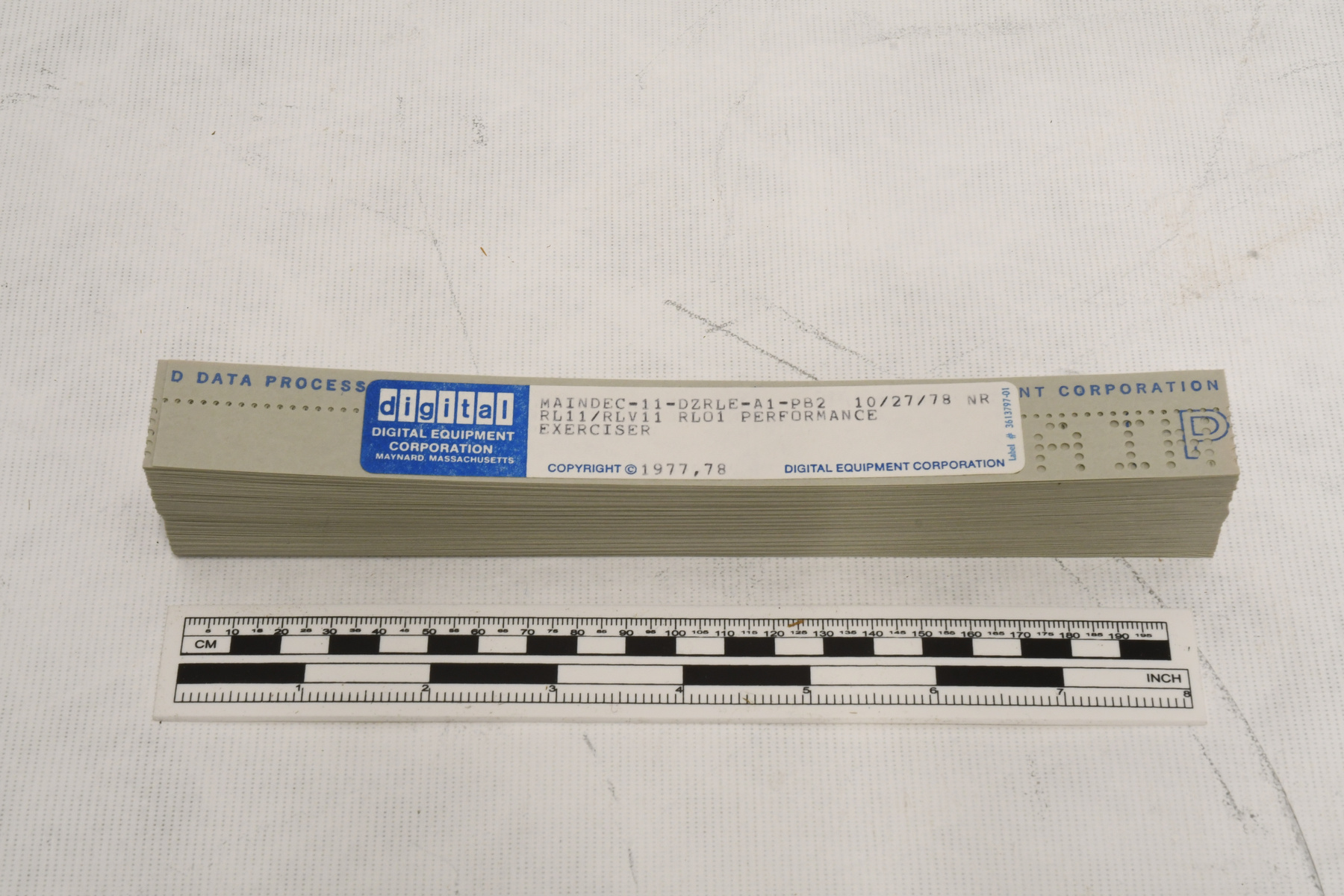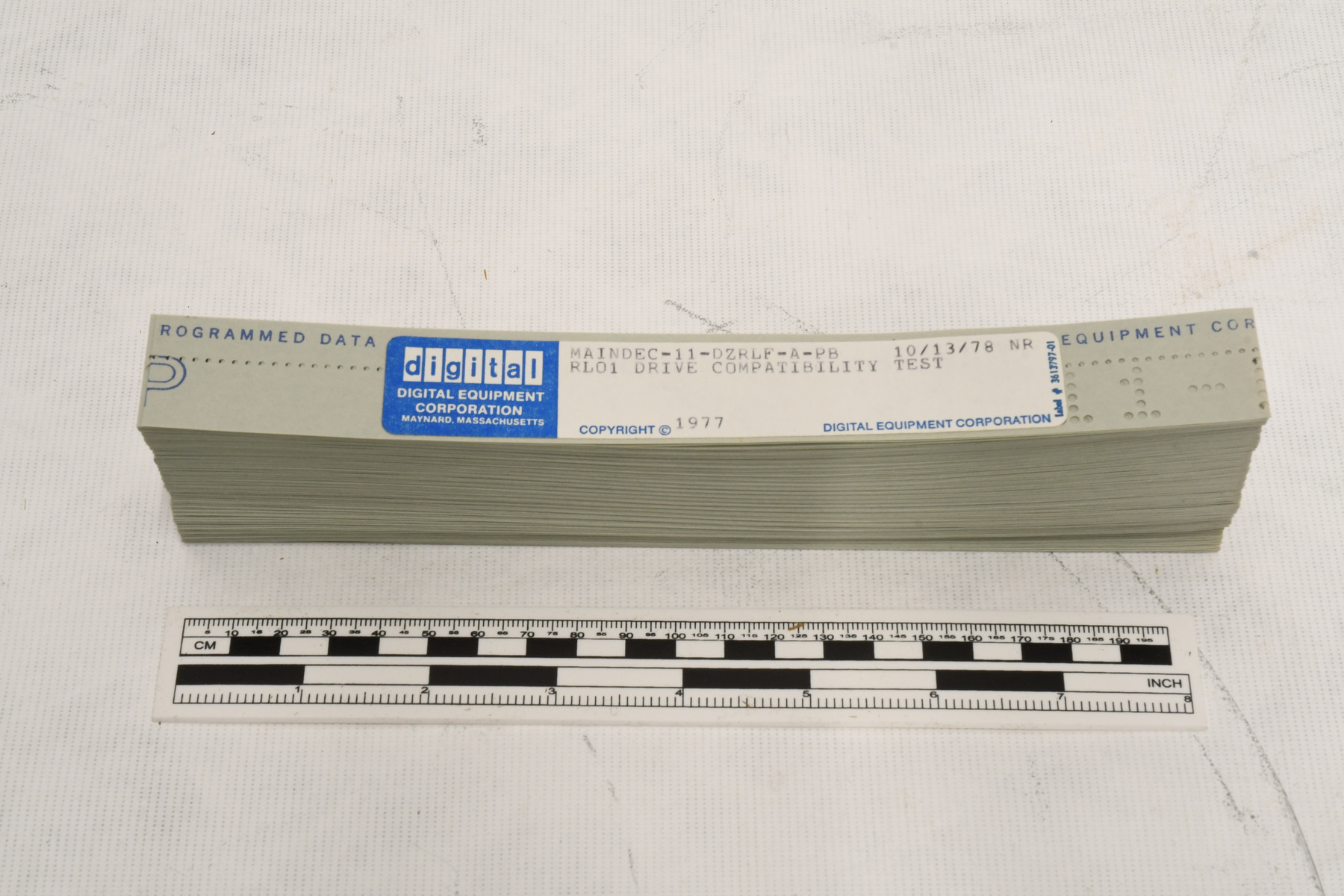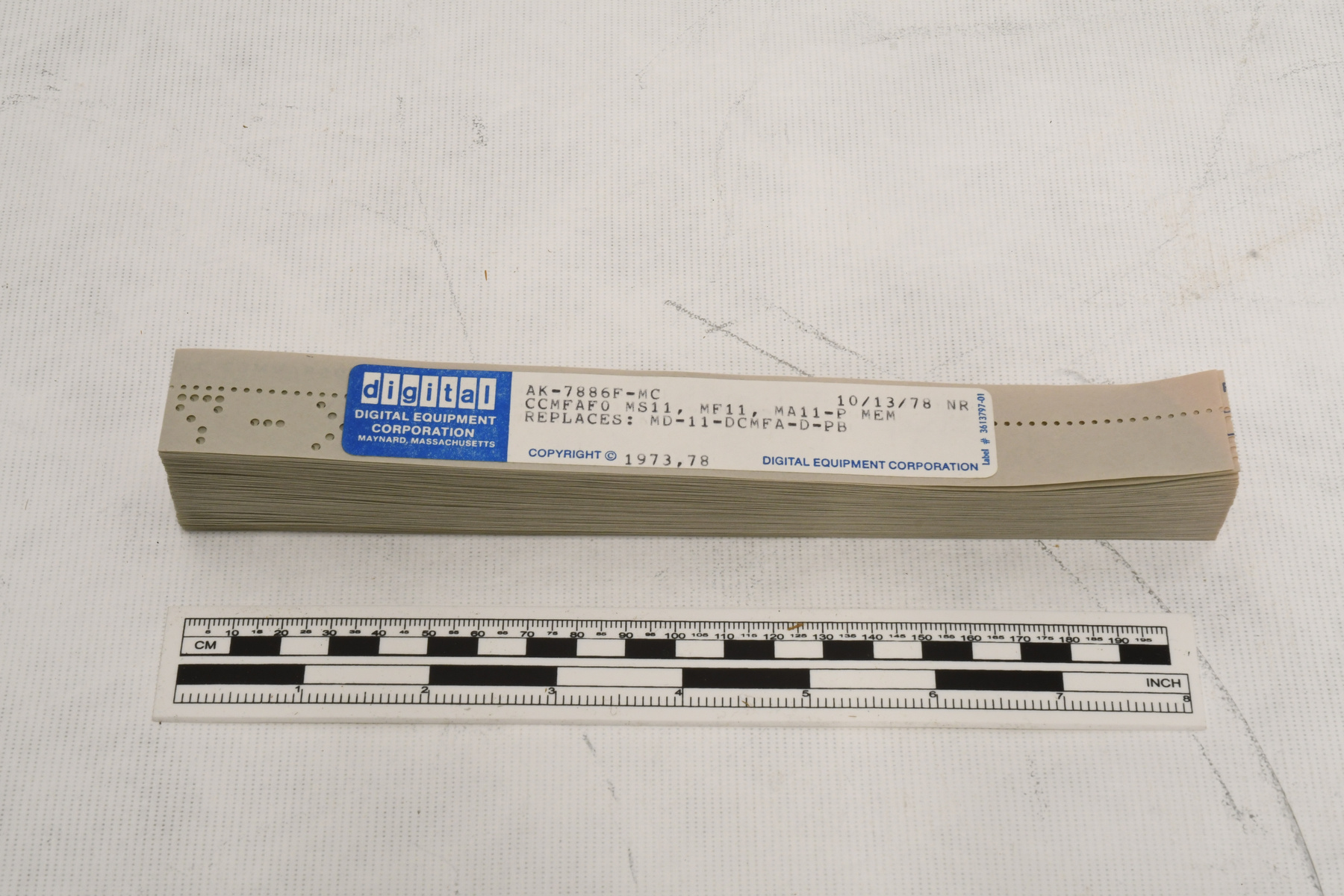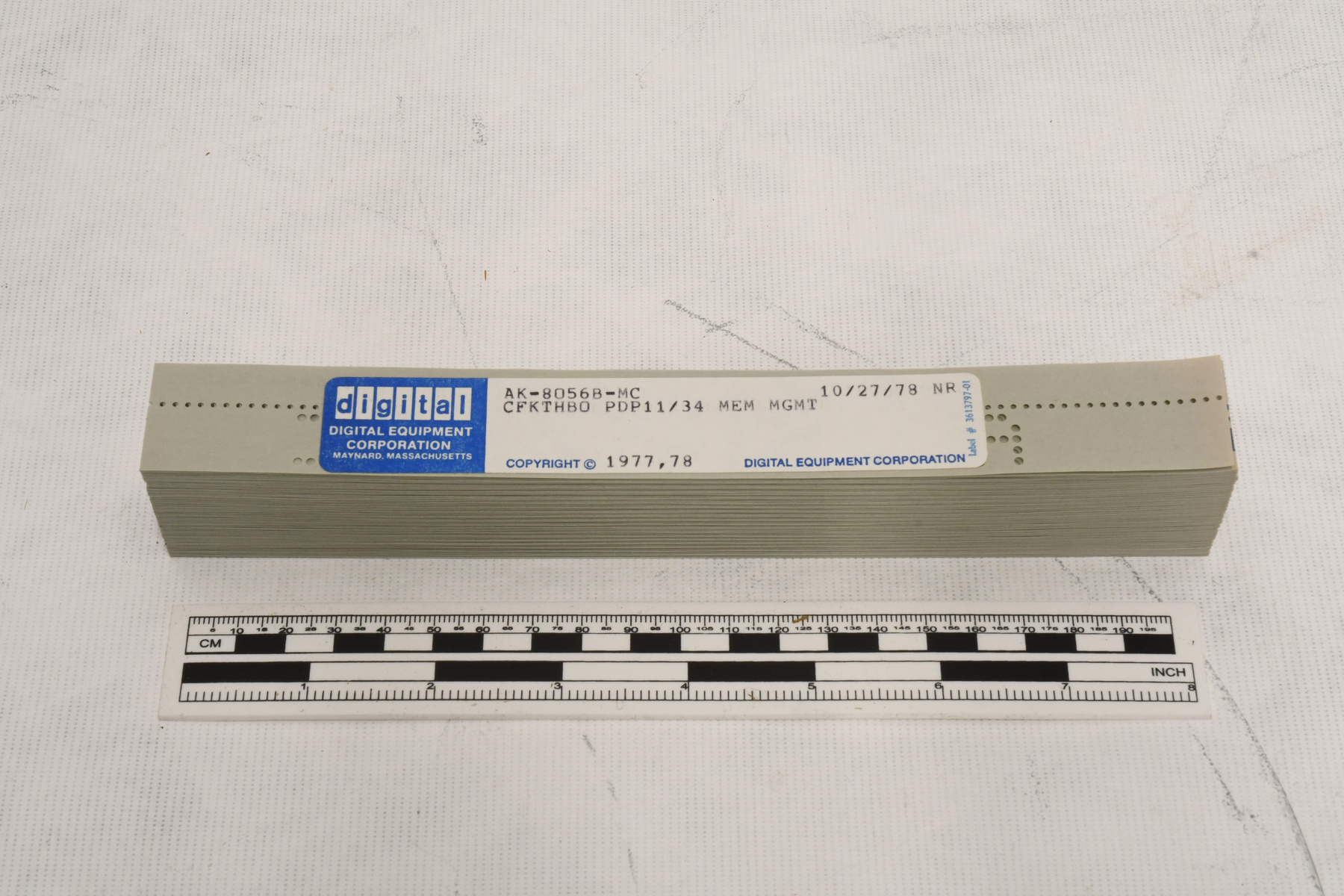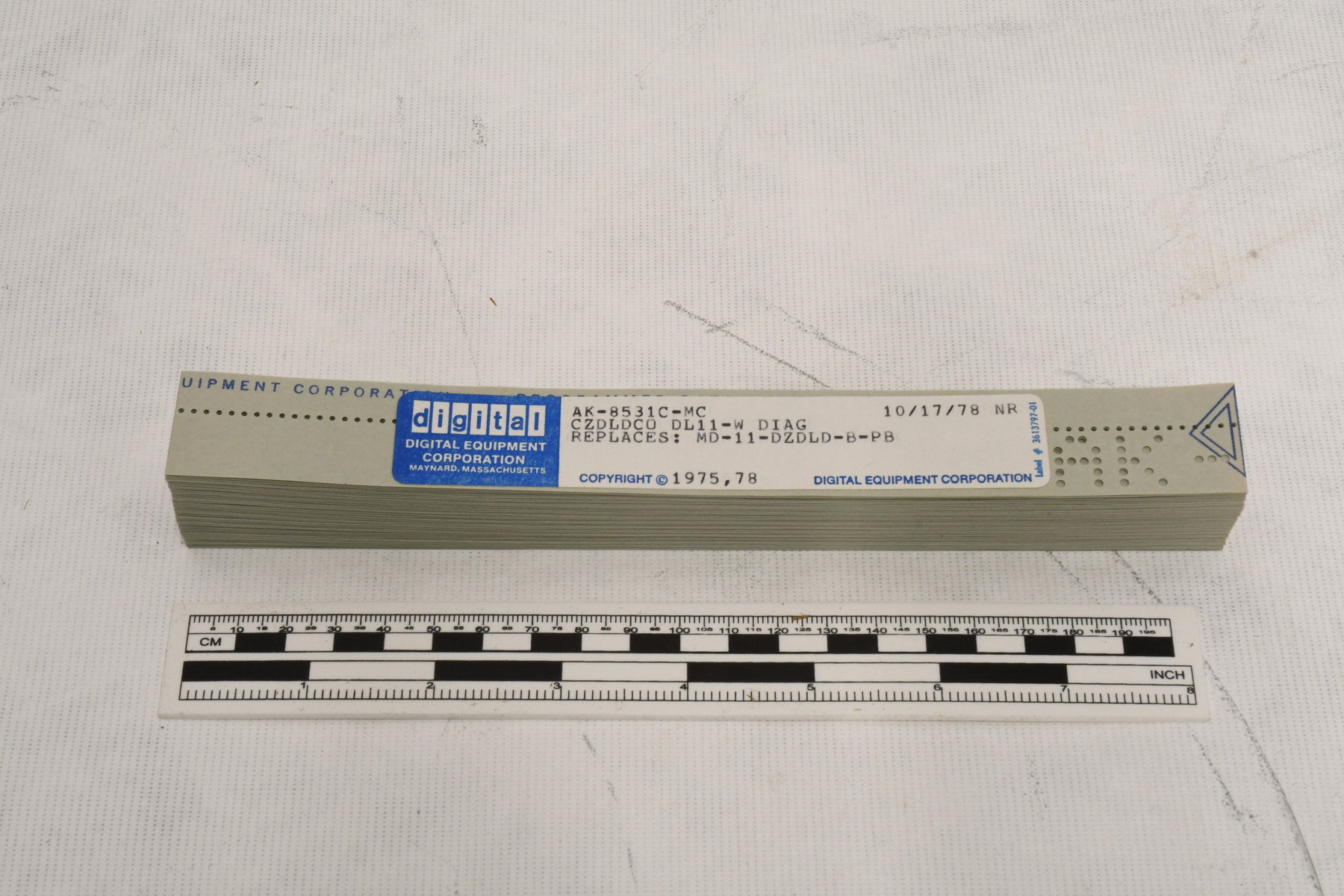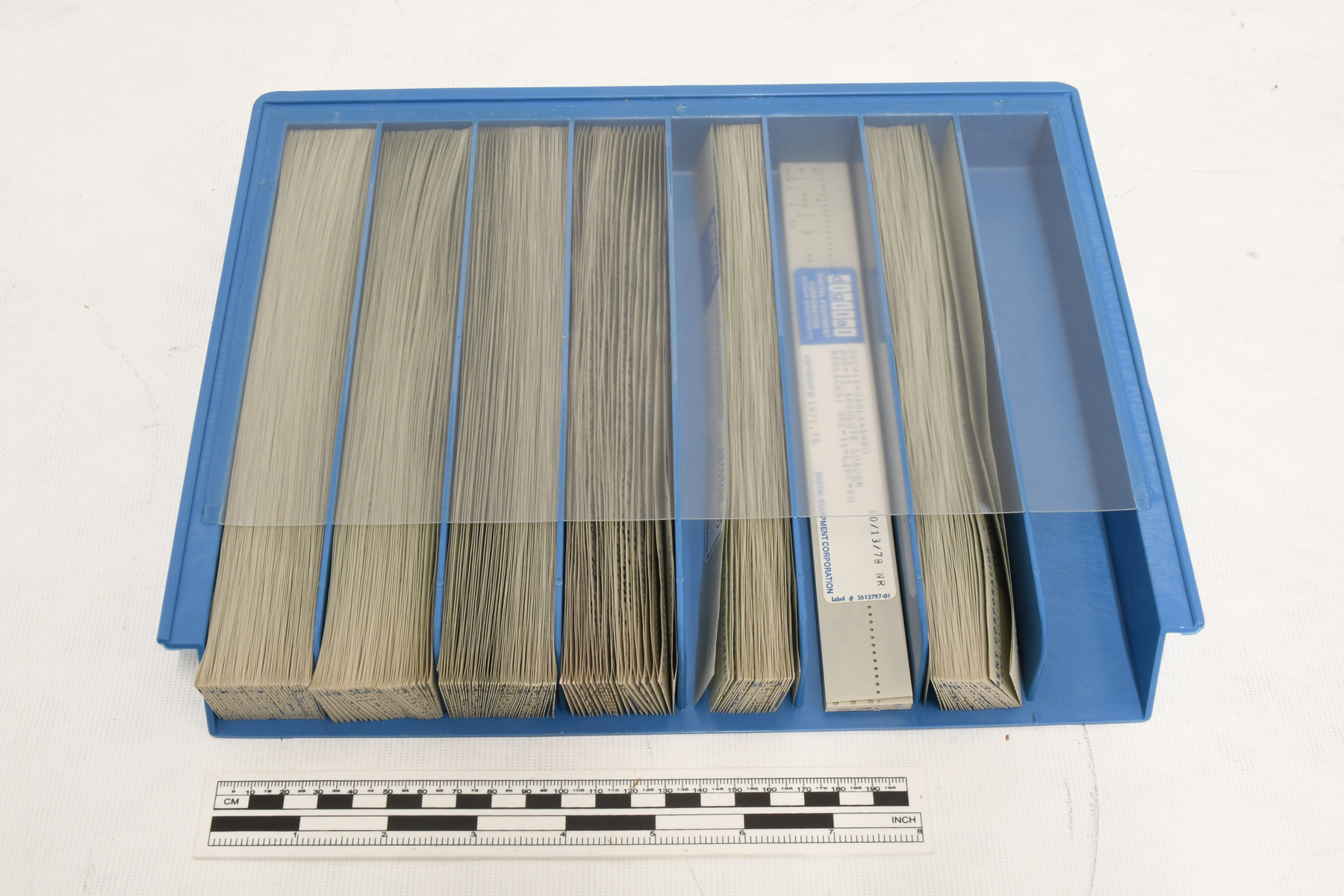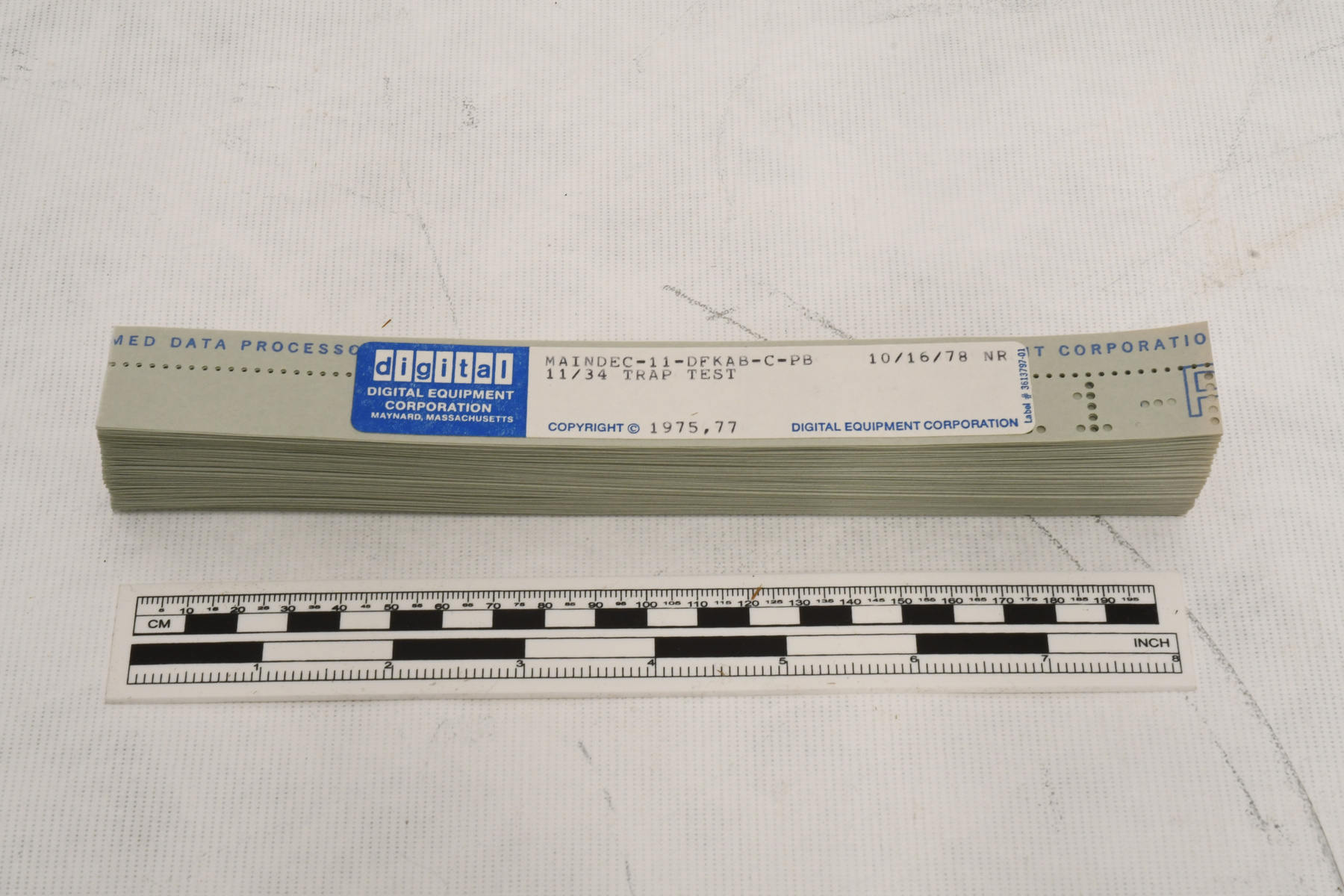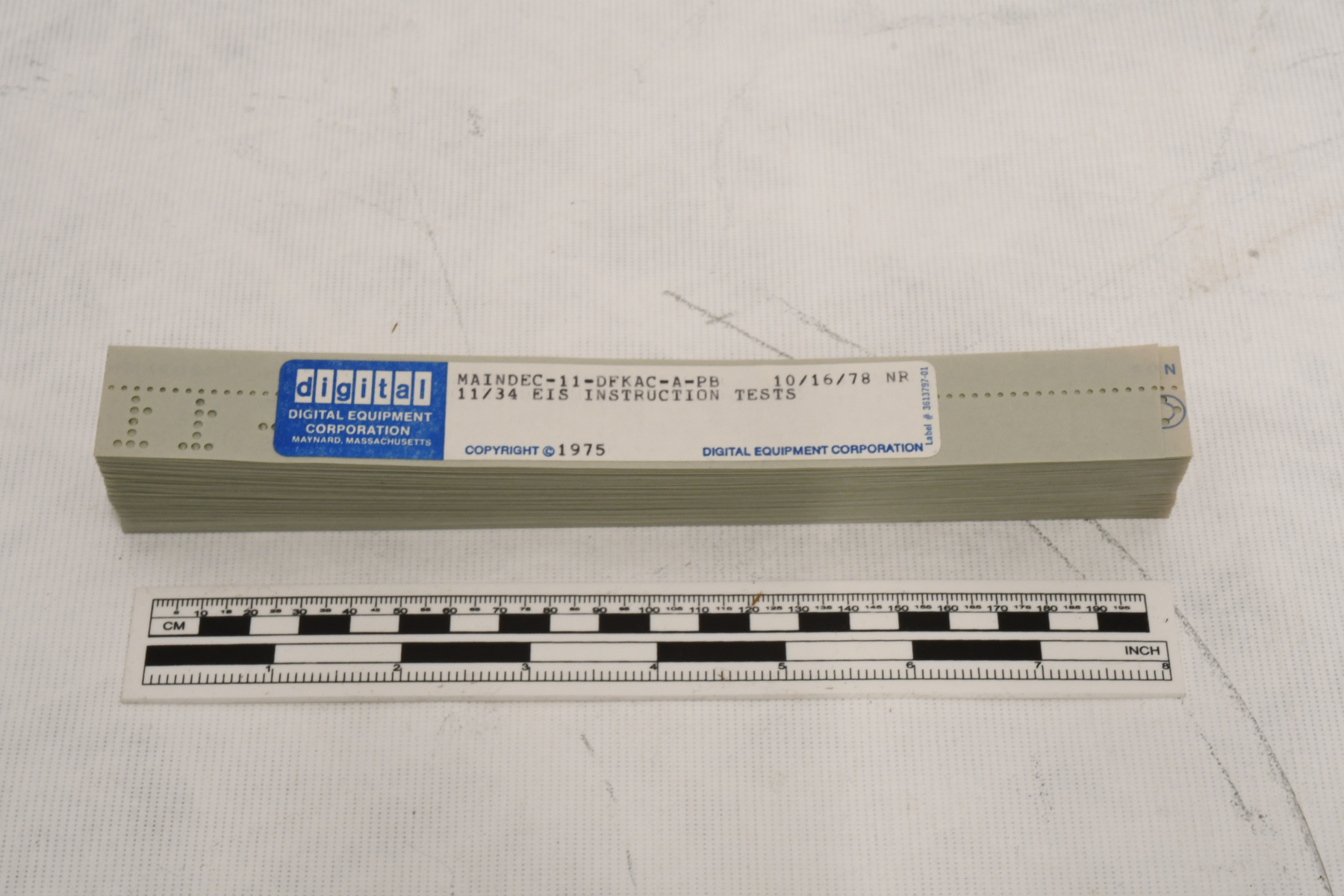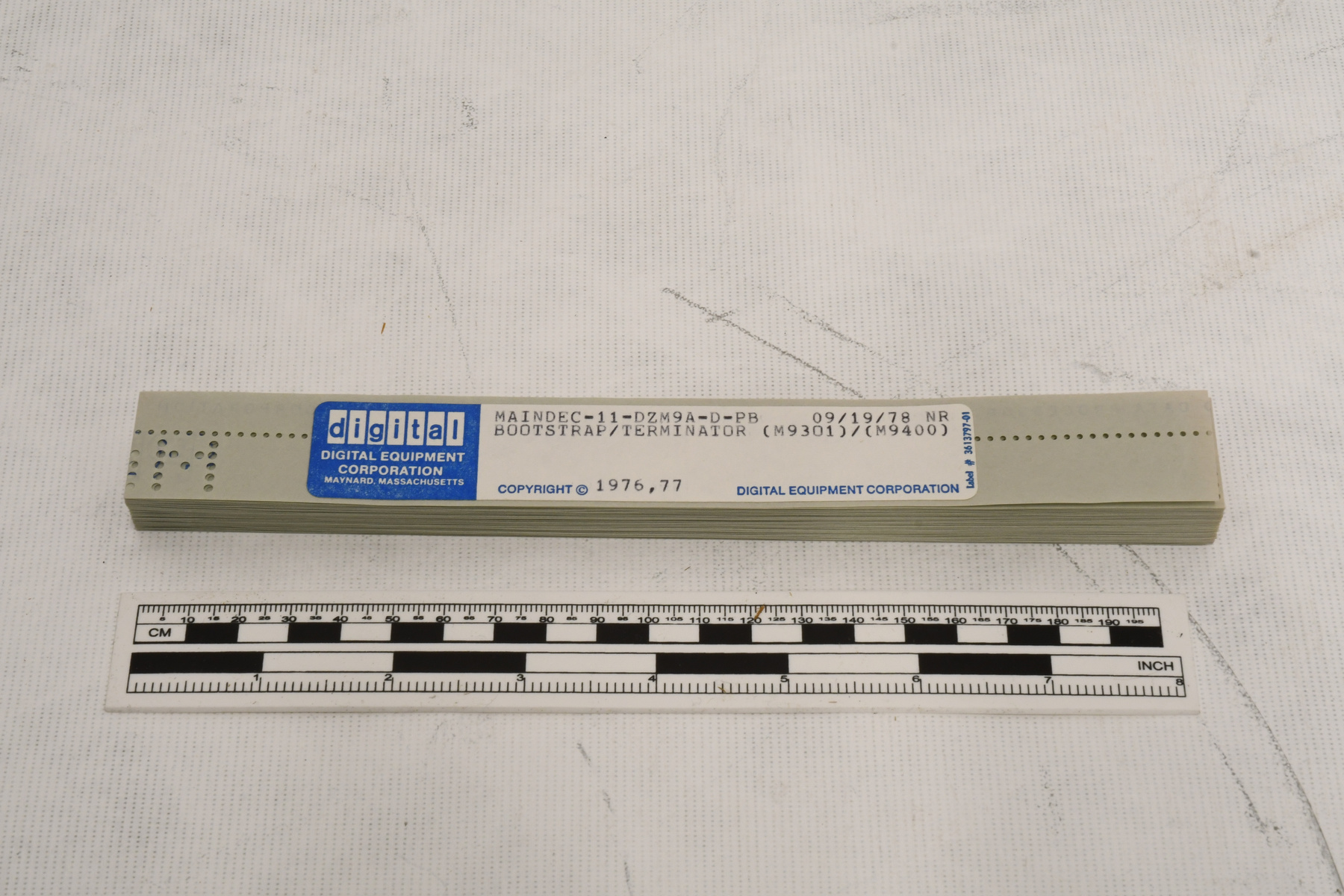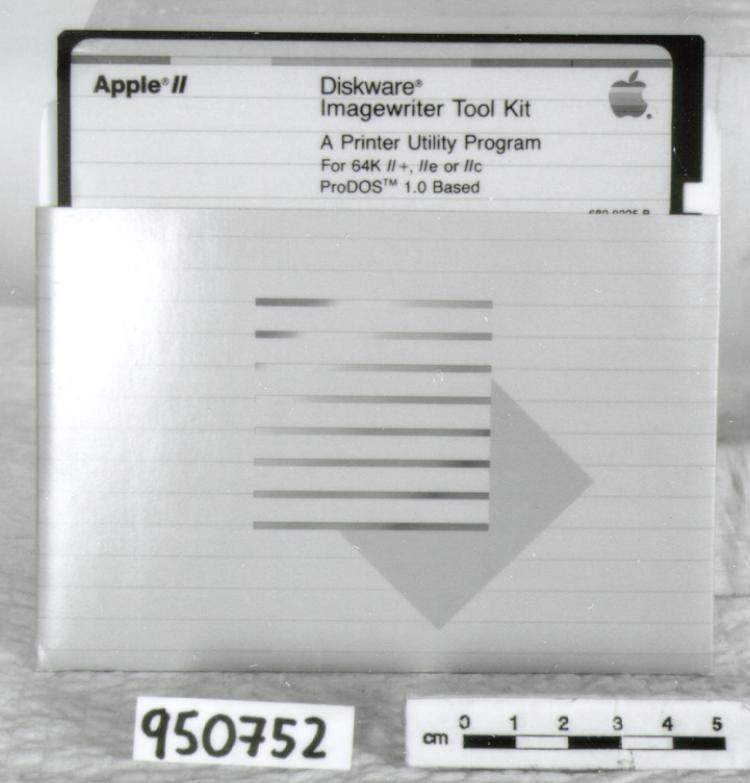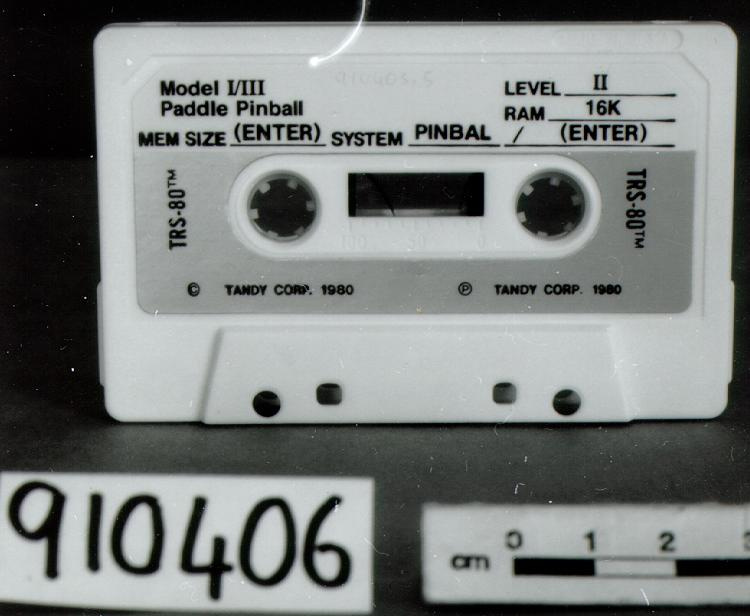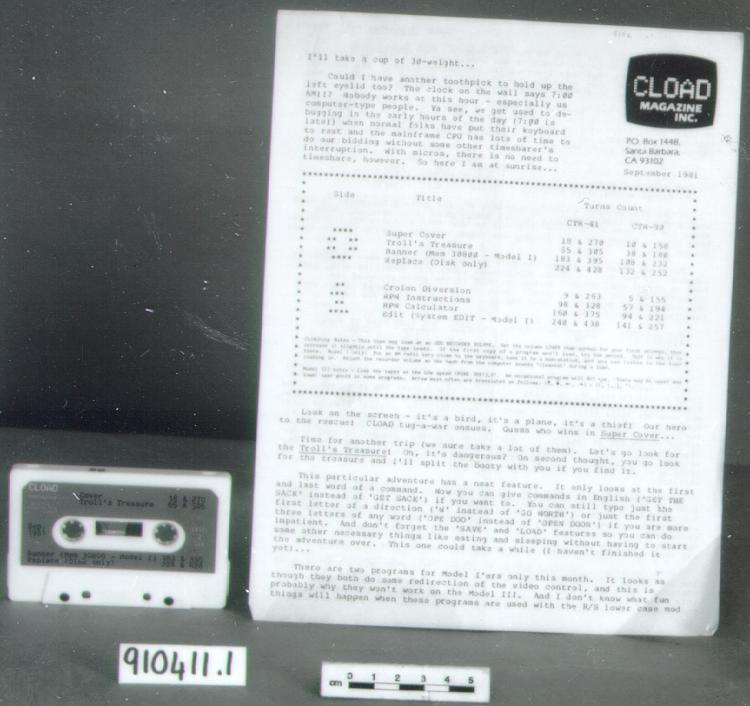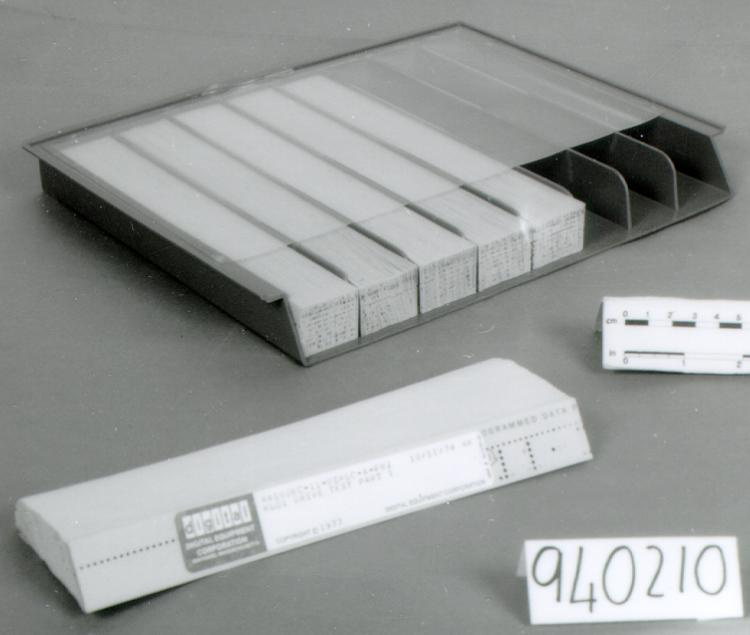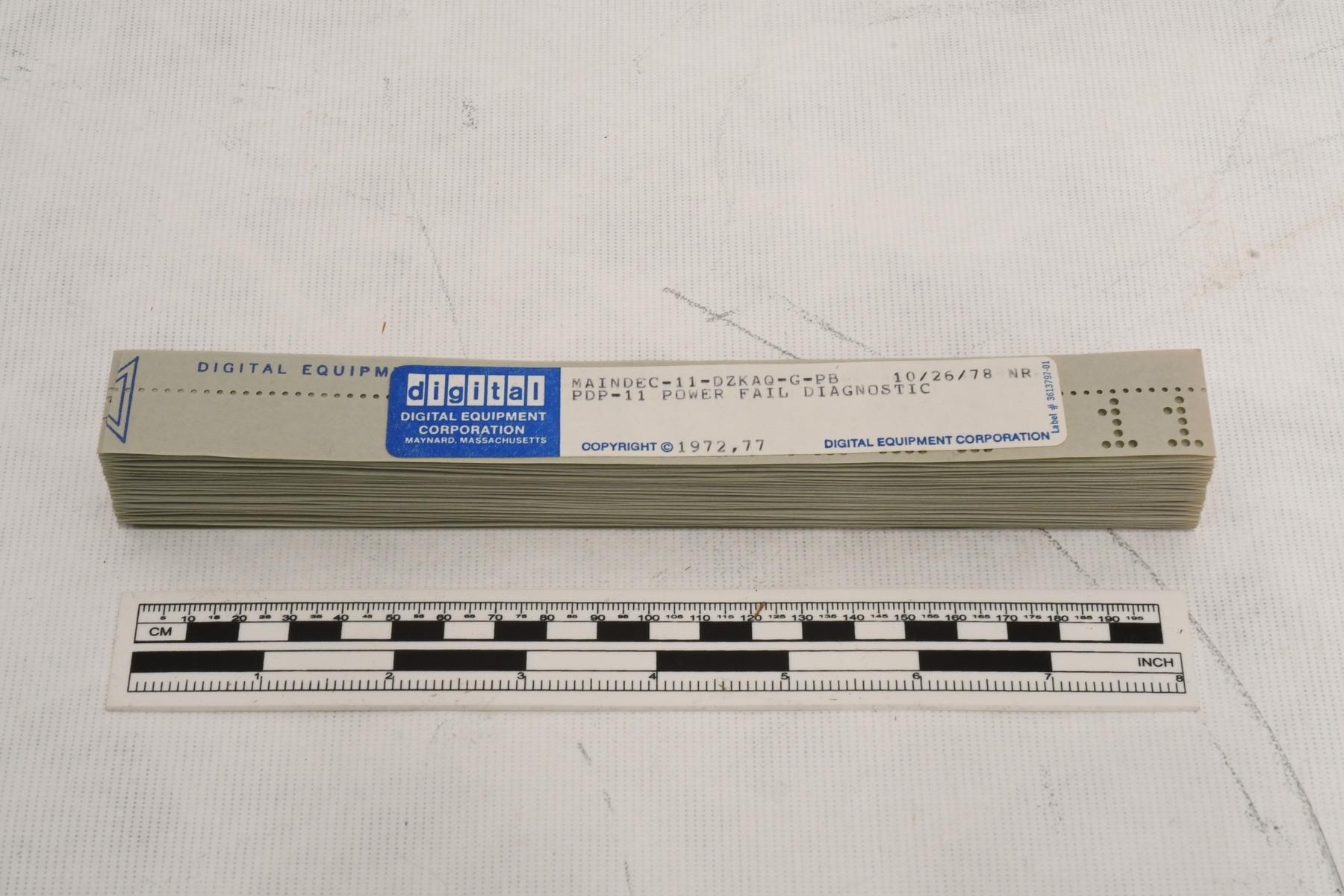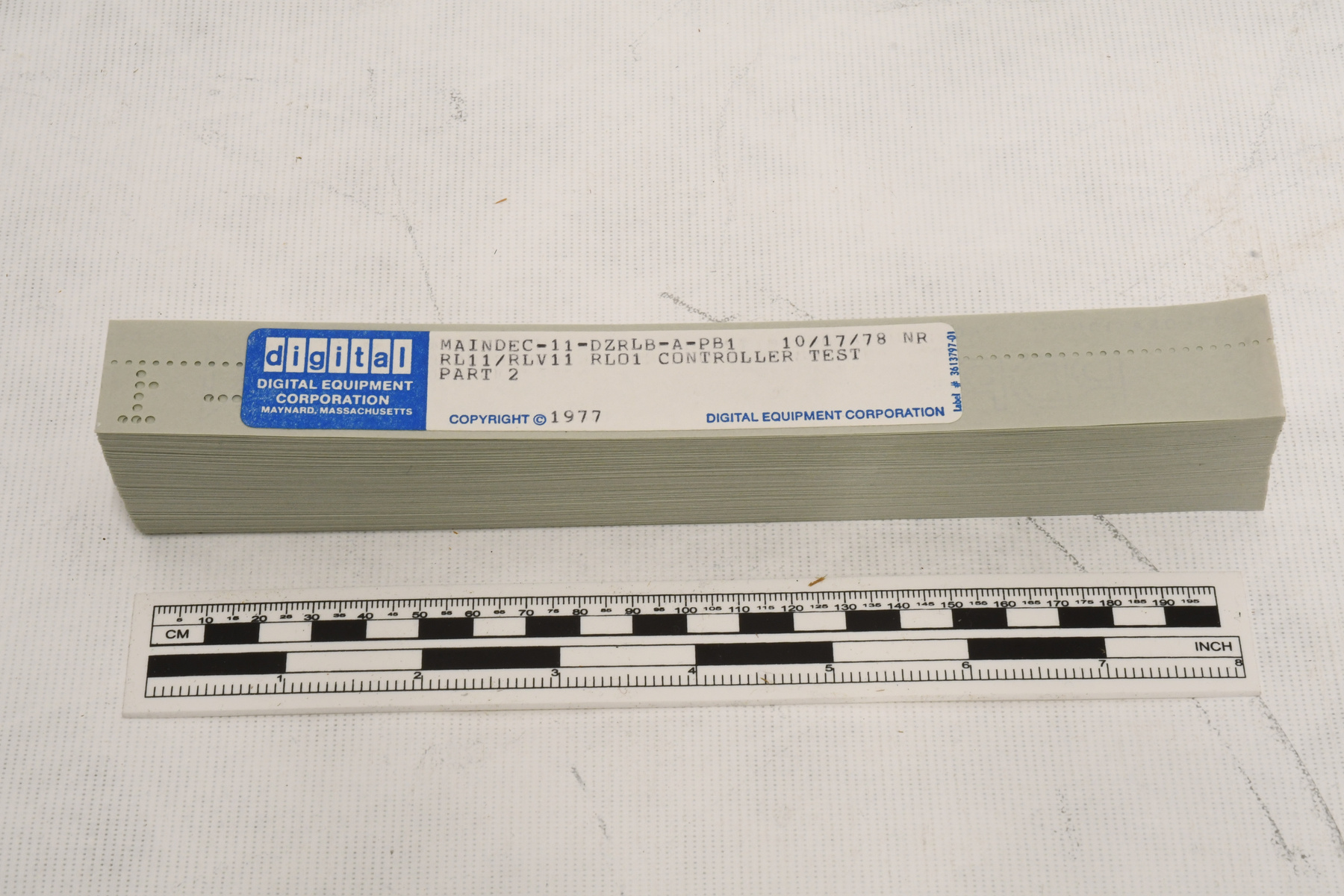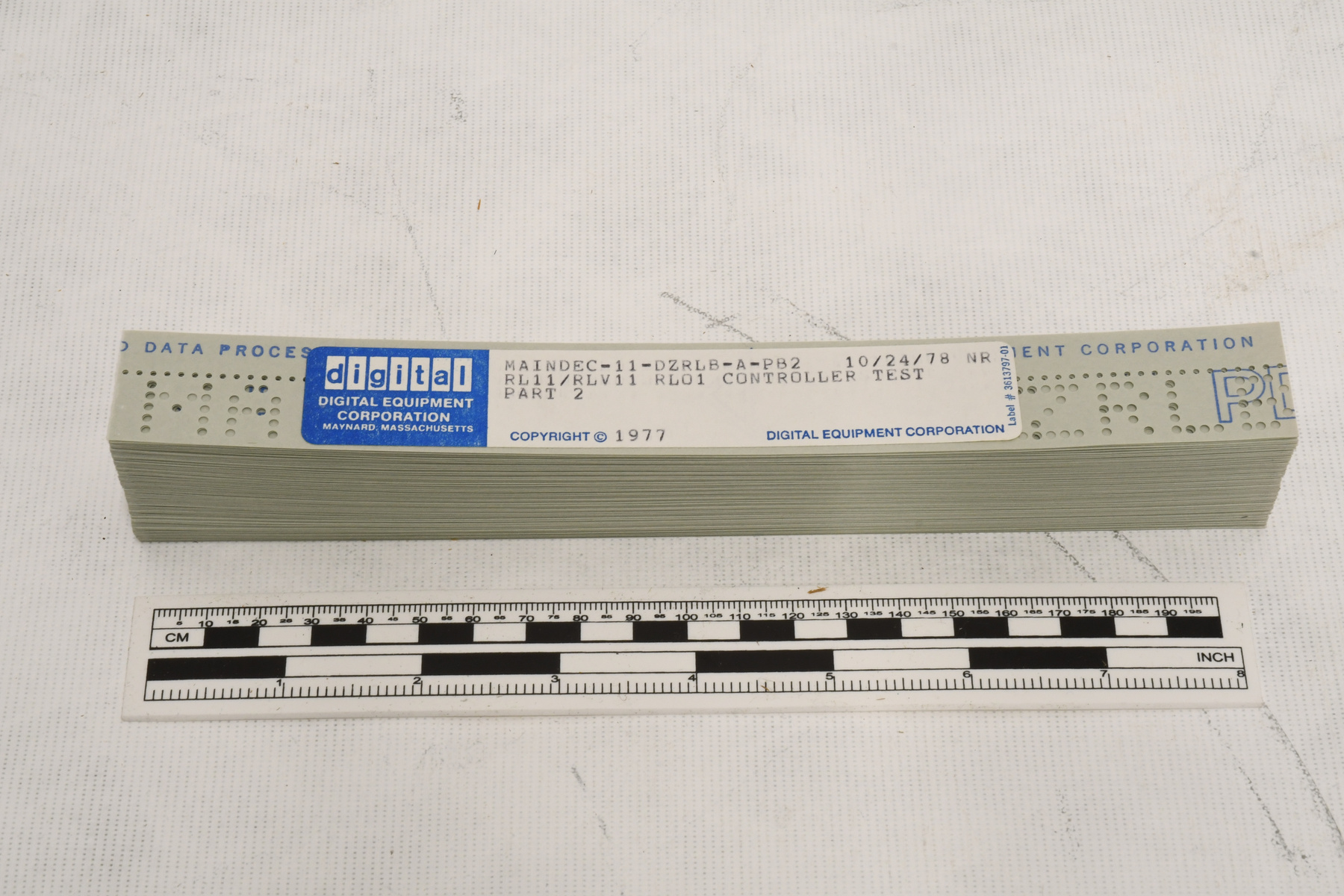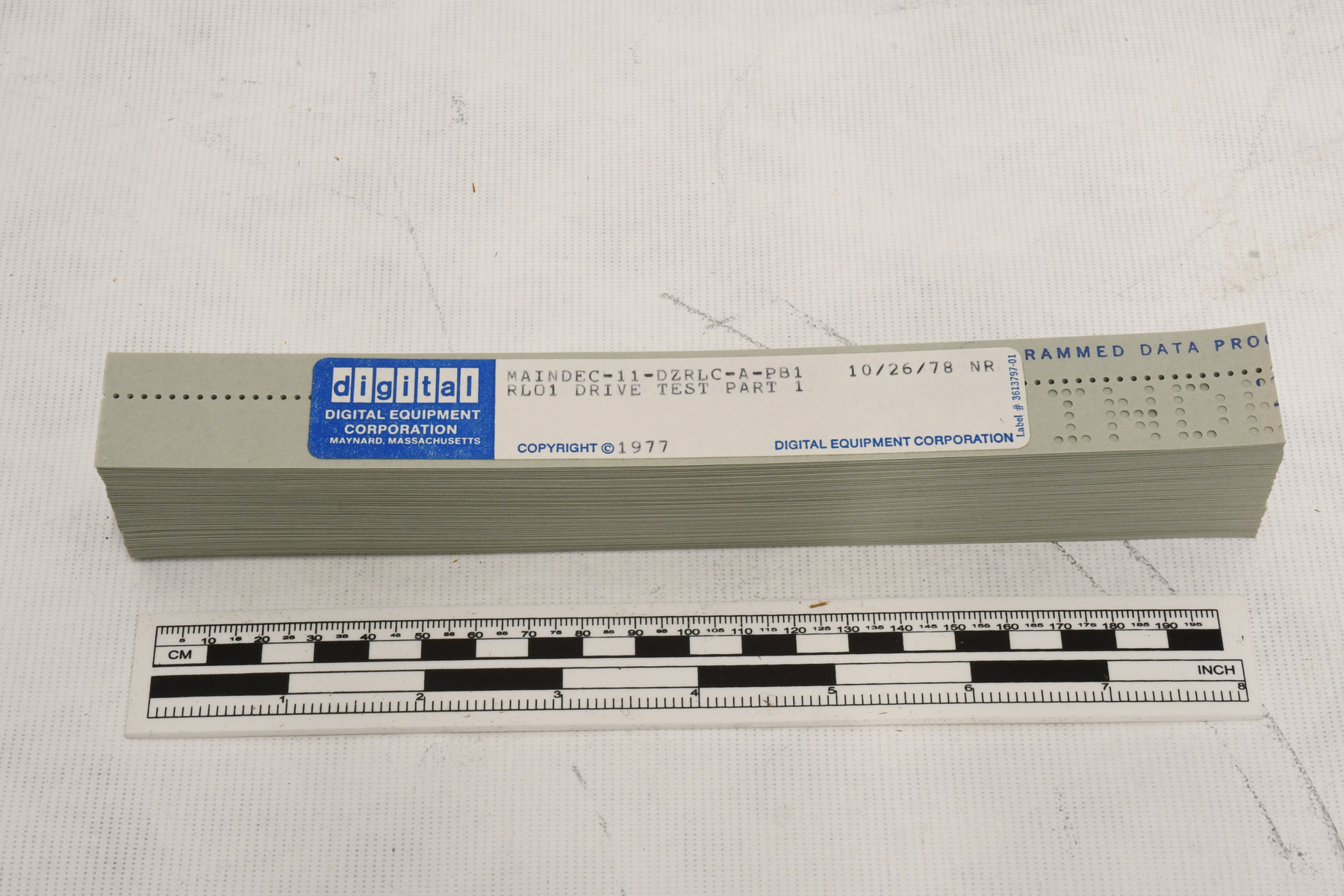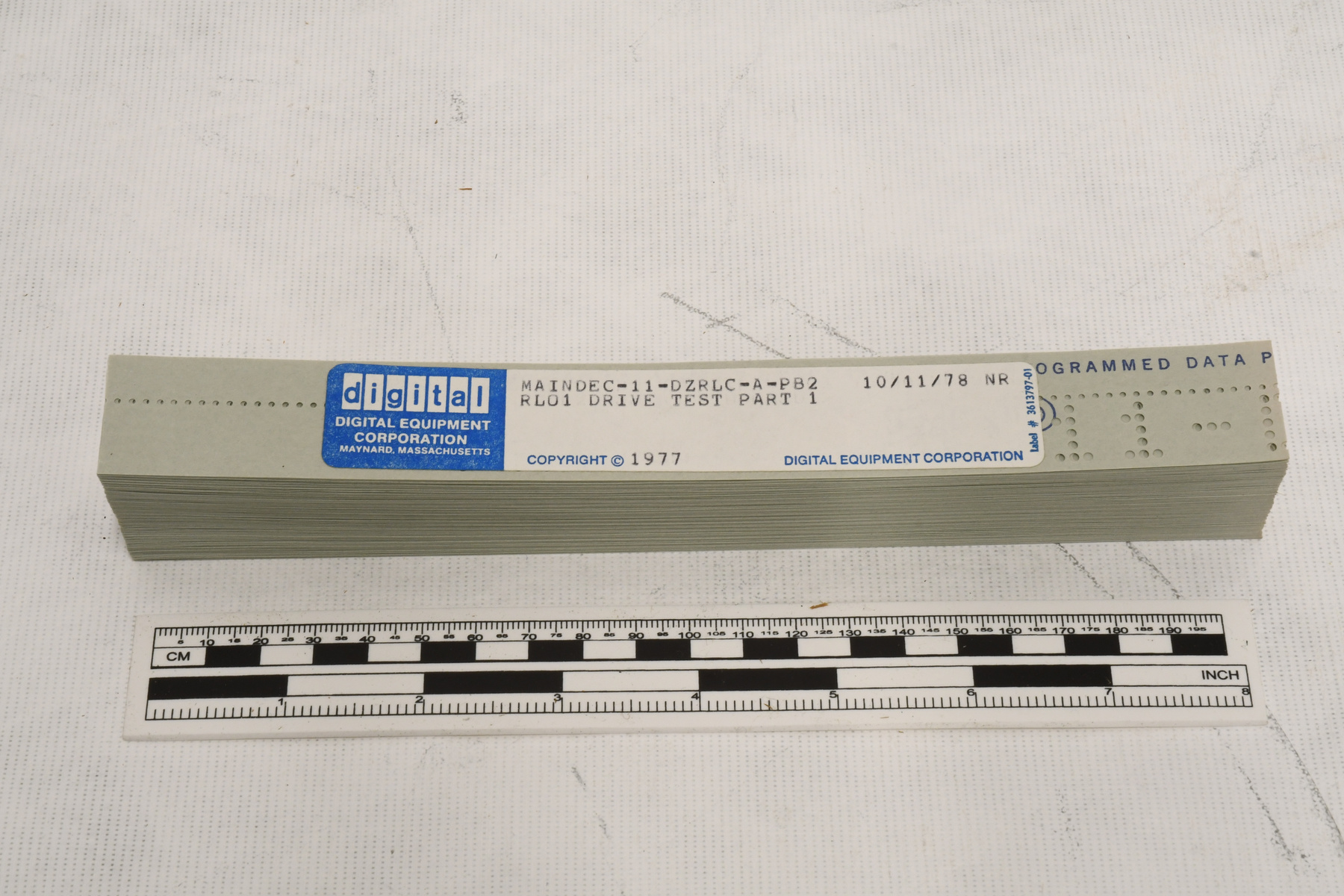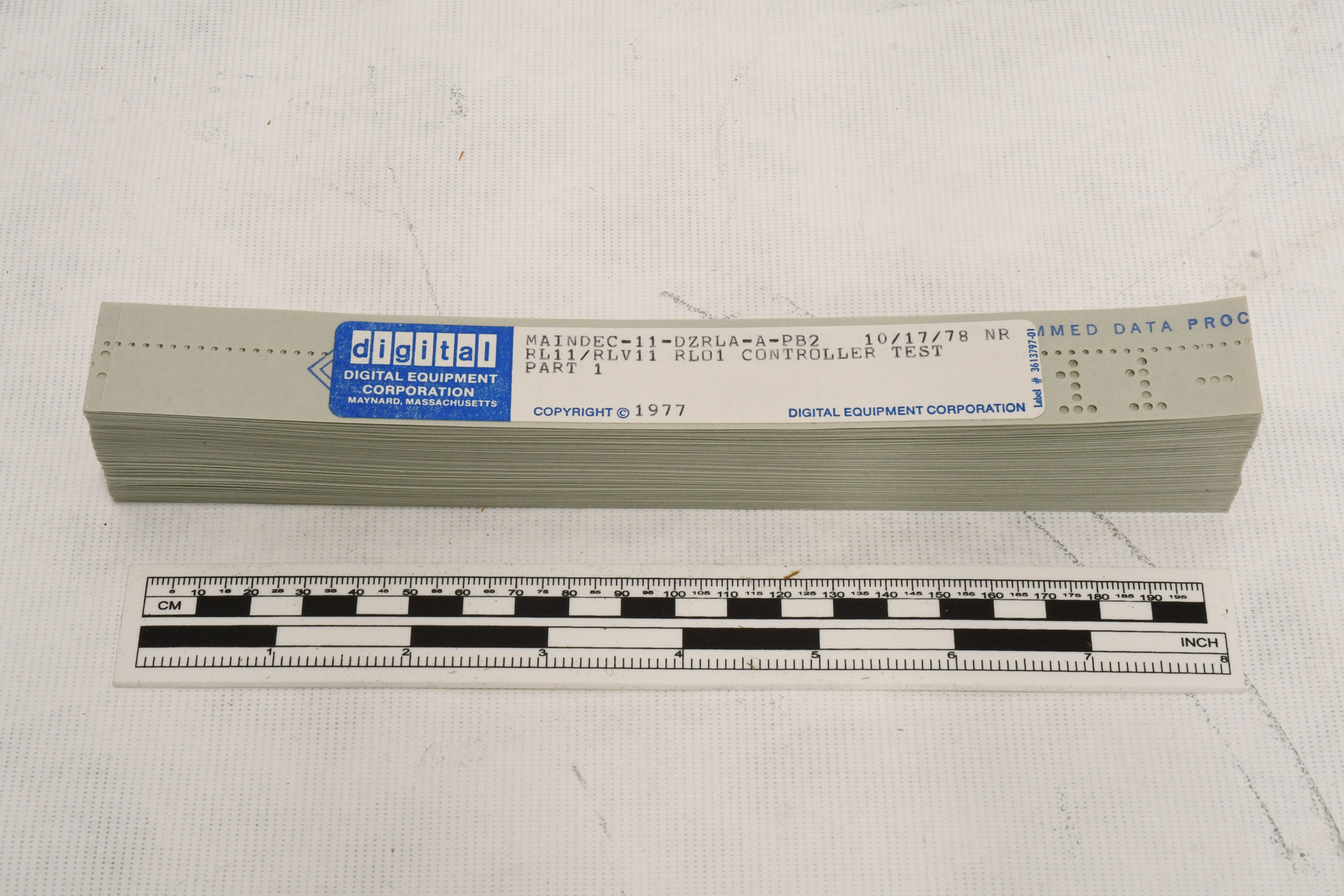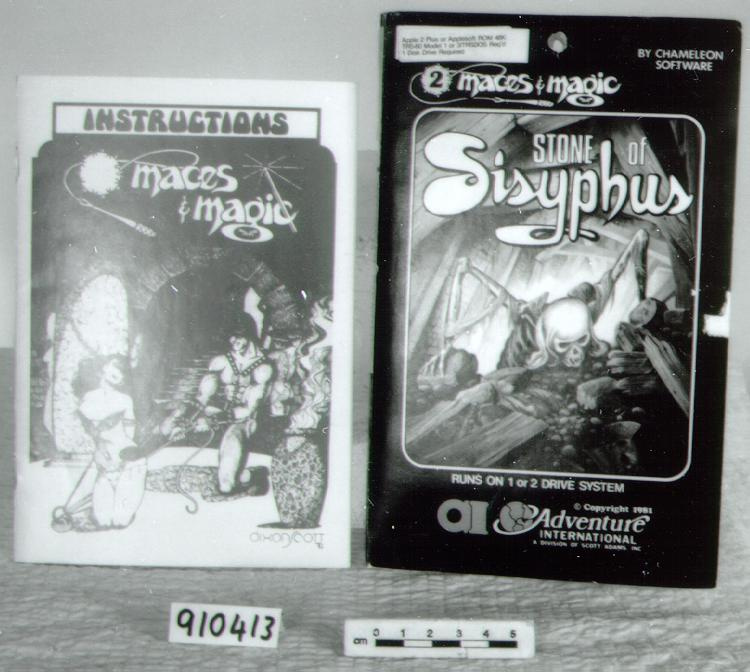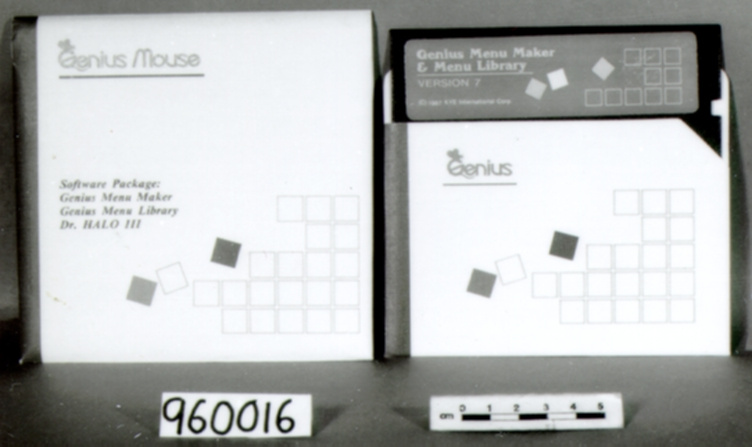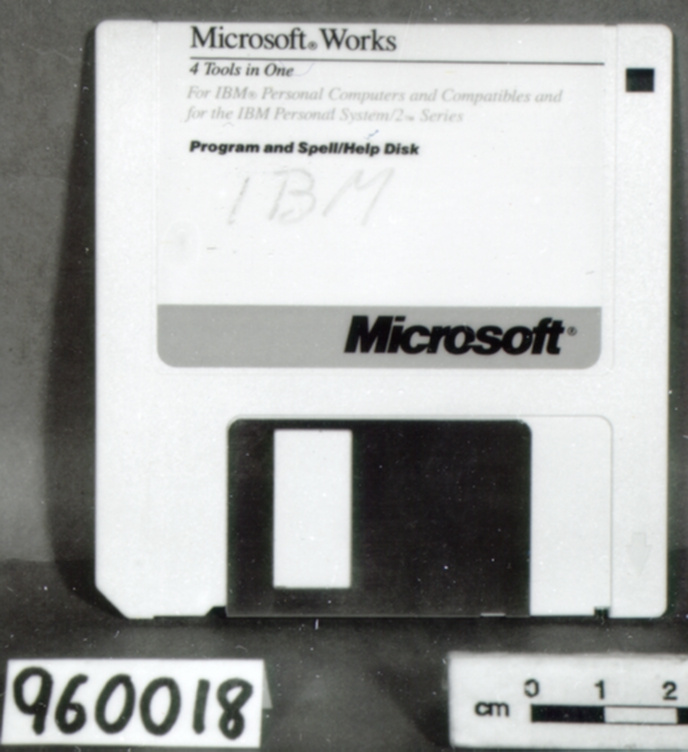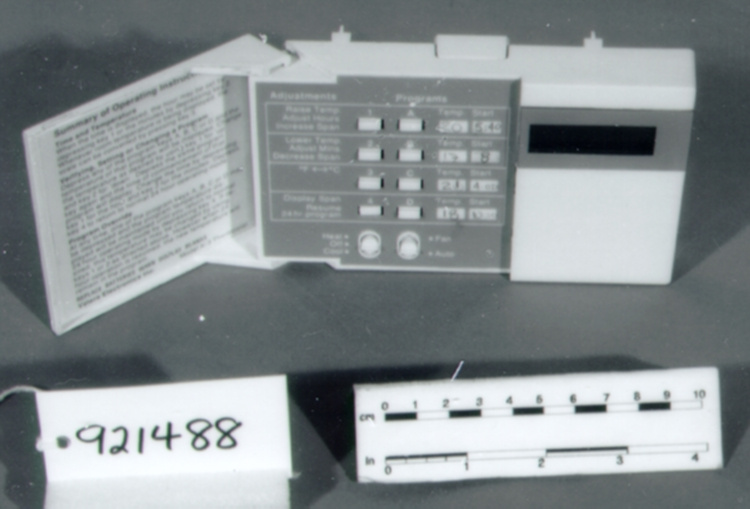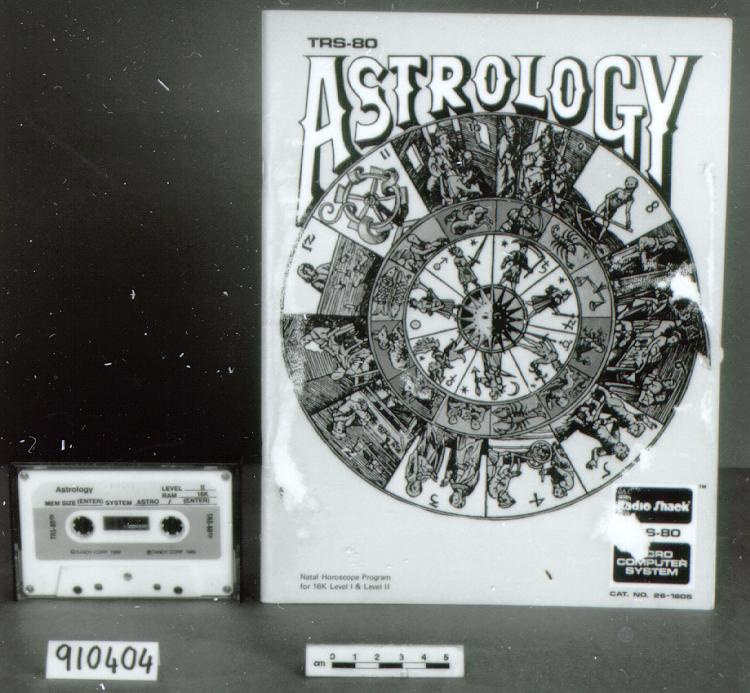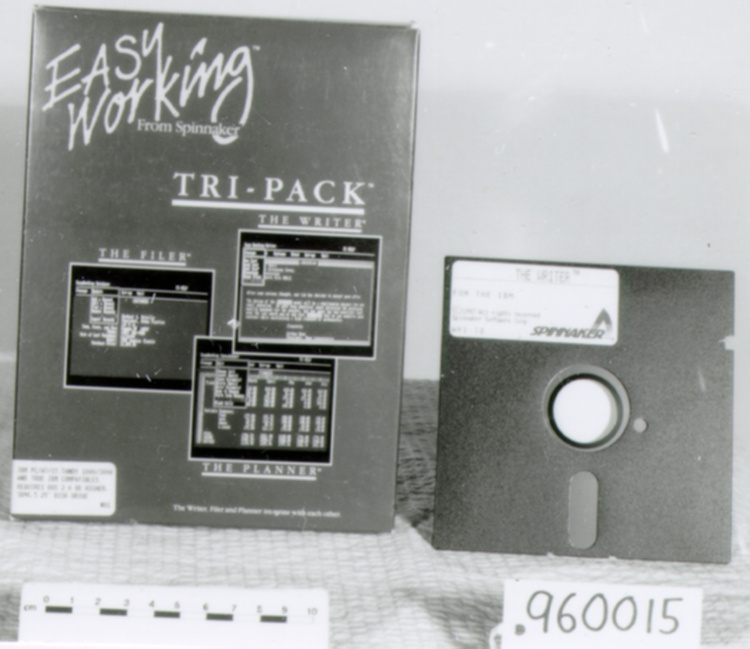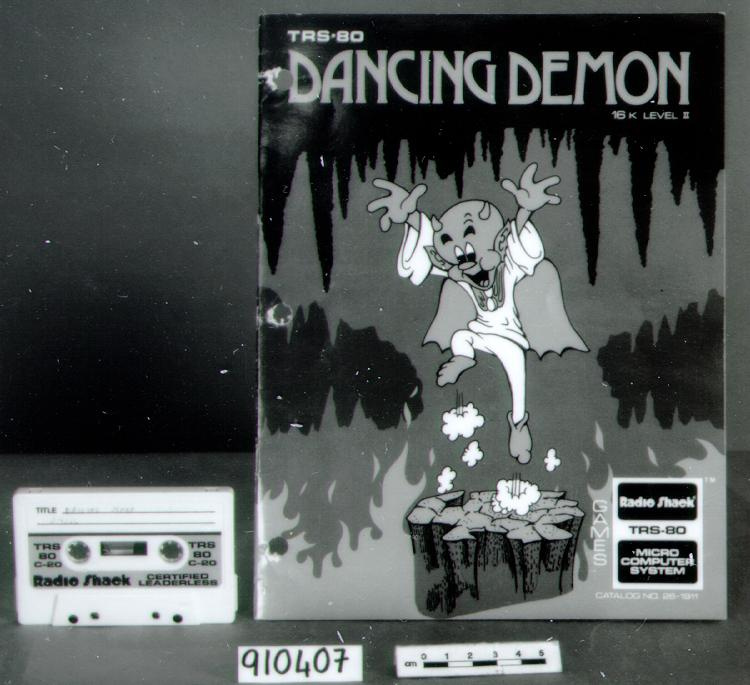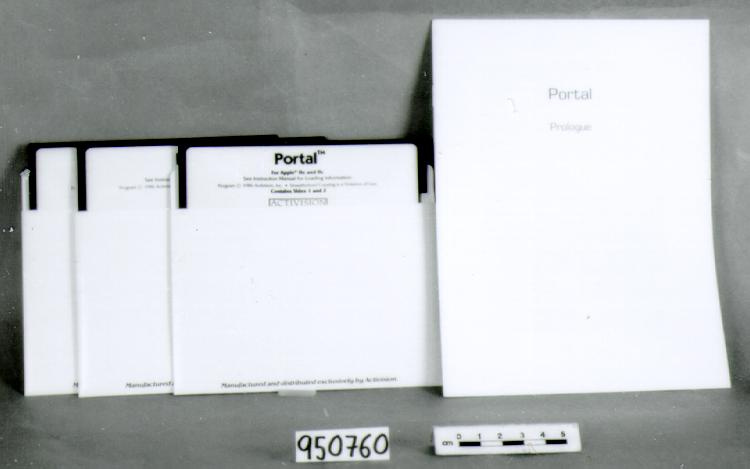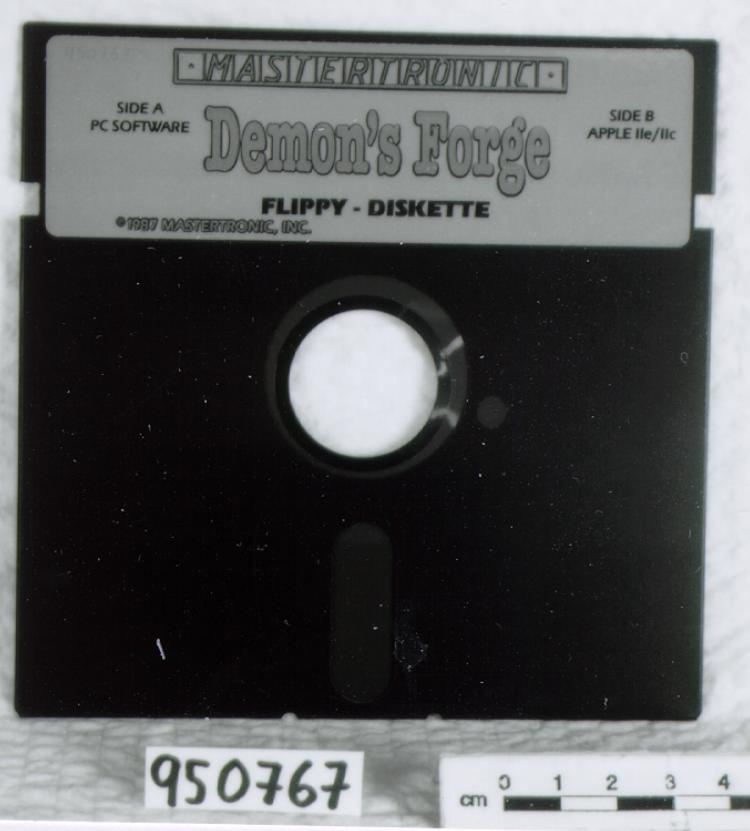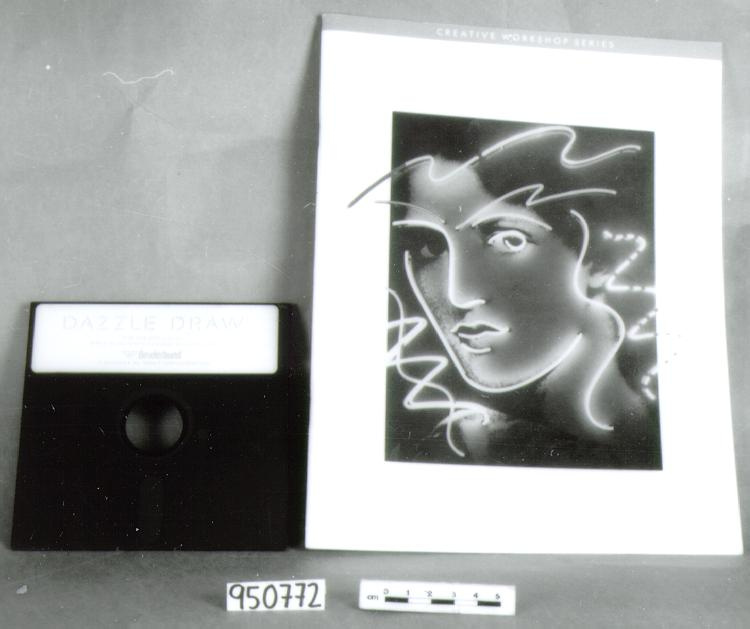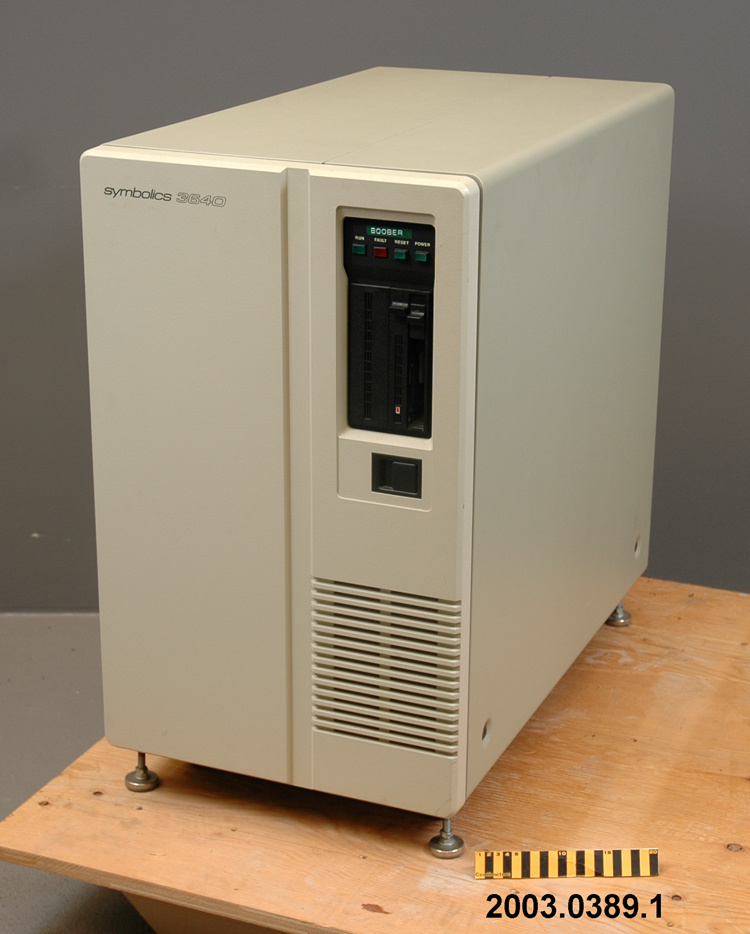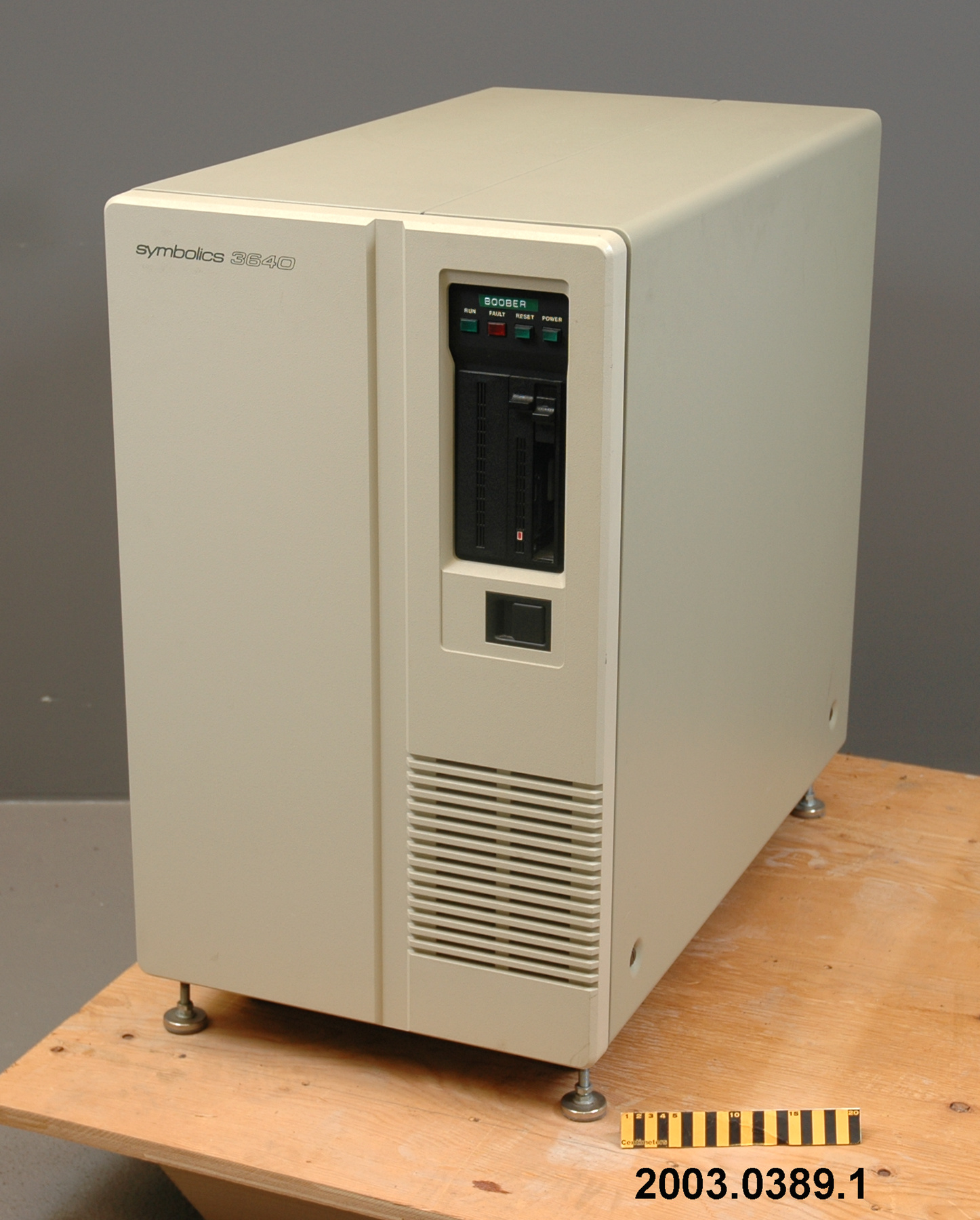Computer
Use this image
Can I reuse this image without permission? Yes
Object images on the Ingenium Collection’s portal have the following Creative Commons license:
Copyright Ingenium / CC BY-NC-ND (Attribution-NonCommercial 4.0 International (CC BY-NC 4.0)
ATTRIBUTE THIS IMAGE
Ingenium,
2003.0389.001
Permalink:
Ingenium is releasing this image under the Creative Commons licensing framework, and encourages downloading and reuse for non-commercial purposes. Please acknowledge Ingenium and cite the artifact number.
DOWNLOAD IMAGEPURCHASE THIS IMAGE
This image is free for non-commercial use.
For commercial use, please consult our Reproduction Fees and contact us to purchase the image.
- OBJECT TYPE
- integrated circuit/symbolic processing
- DATE
- 1986
- ARTIFACT NUMBER
- 2003.0389.001
- MANUFACTURER
- Symbolics Inc.
- MODEL
- 3640
- LOCATION
- United States of America
More Information
General Information
- Serial #
- 4308
- Part Number
- 1
- Total Parts
- 12
- AKA
- N/A
- Patents
- N/A
- General Description
- metal casing and working parts/ synthetic controls and working parts
Dimensions
Note: These reflect the general size for storage and are not necessarily representative of the object's true dimensions.
- Length
- 79.0 cm
- Width
- 44.5 cm
- Height
- N/A
- Thickness
- 77.0 cm
- Weight
- N/A
- Diameter
- N/A
- Volume
- N/A
Lexicon
- Group
- Computing Technology
- Category
- Digital computing devices
- Sub-Category
- N/A
Manufacturer
- AKA
- Symbolics
- Country
- United States of America
- State/Province
- Unknown
- City
- Unknown
Context
- Country
- Canada
- State/Province
- Ontario
- Period
- circa 1986 +
- Canada
-
An American made computer of the mid 1980's used in Canada, presumably by the donor ORA Canada, information system consultants. - Function
-
A programmable machine that accepts and processes data. This type of single user computer was designed to be used with the symbolic programming language LISP, used for AI research, software development, computer-aided design and other functions for which the use of symbolic processing is advantageous. - Technical
-
An example of a Lisp machine, a symbol processing computer designed to run the symbolic programming language Lisp as its main software language (the name Lisp derives from List Processing Language). Symbol (or symbolic) processing includes computation with symbols, relationships and graphical objects as well as numbers, characters and bits. Symbolic representations can more closely model a given problem as it exists in the real world. List processing represents ideas as lists of words and other symbols. In the Lisp language, data, programs and the language itself are all lists of symbols within parentheses. Each section of the program contains many pairs of list defining parentheses and parentheses can rest within parentheses, defining lists within lists. This structure makes it possible to write programs that can write or modify other programs in turn and also to write programs or subroutines that can refer to themselves by recursion. Many now commonplace technologies, such as effective garbage control, laser printing, windowing systems, computer mice, high-resolution bit-mapped graphics, computer graphic rendering, networking innovations and protocols such as CHAOSnet were commercially pioneered on Lisp machines (Refs.2, 3, 5). Symbolics Inc. was formed in 1980 to develop a line of symbol processing computer systems and related processes. In 1983 it introduced its second generation of computers, the 3600 series, a line of 36-bit single-user computers designed for high-productivity software development and for the execution of large symbolic programs. Features of the 3600 included tagged architecture, multiple caches, hardware stack management, pipelined instruction cycles, parallel processing, hardware assisted garbage collection, and fully error correction coded system memory. The 3640 was introduced in 1984 and was a compact, high performance version of the 3600 architecture with a 5 ¼ inch disk drive. The operating system included a number of advanced dialects of Lisp and by 1984 was named Genera; this was the operating system used on the 3640 (Ref. 1, 2, 3). The 3600 computers were popular for AI research and commercial applications throughout the 1980's. In the late 1980's, Symbolic's Ivory family superseded the 3600 series. But AI research and development waned in the late 1980's and early 1990's, reducing sales. That fact as well as management problems, the rise of the personal computer and other technological changes drove the company into bankruptcy (Ref. 3). - Area Notes
-
Unknown
Details
- Markings
- black lettering on front reads 'synbolics 3640'/ labels on back reads 'symbolics inc./ MODEL 3640 SN 43087/ PN 365000 REV/ VOLTS 117 AMPS 20 Hz 60/ MADE IN U.S.A.' and 'symbolics inc./ PATENT PENDING'/ label applied on front reads 'BOOBER'
- Missing
- unknown
- Finish
- textured buff painted casing/ black synthetic front control panel and tape slot, with red and green buttons/ plated and gold coloured metal parts
- Decoration
- N/A
CITE THIS OBJECT
If you choose to share our information about this collection object, please cite:
Symbolics Inc., Computer, circa 1986, Artifact no. 2003.0389, Ingenium – Canada’s Museums of Science and Innovation, http://collections.ingeniumcanada.org/en/id/2003.0389.001/
FEEDBACK
Submit a question or comment about this artifact.
More Like This
